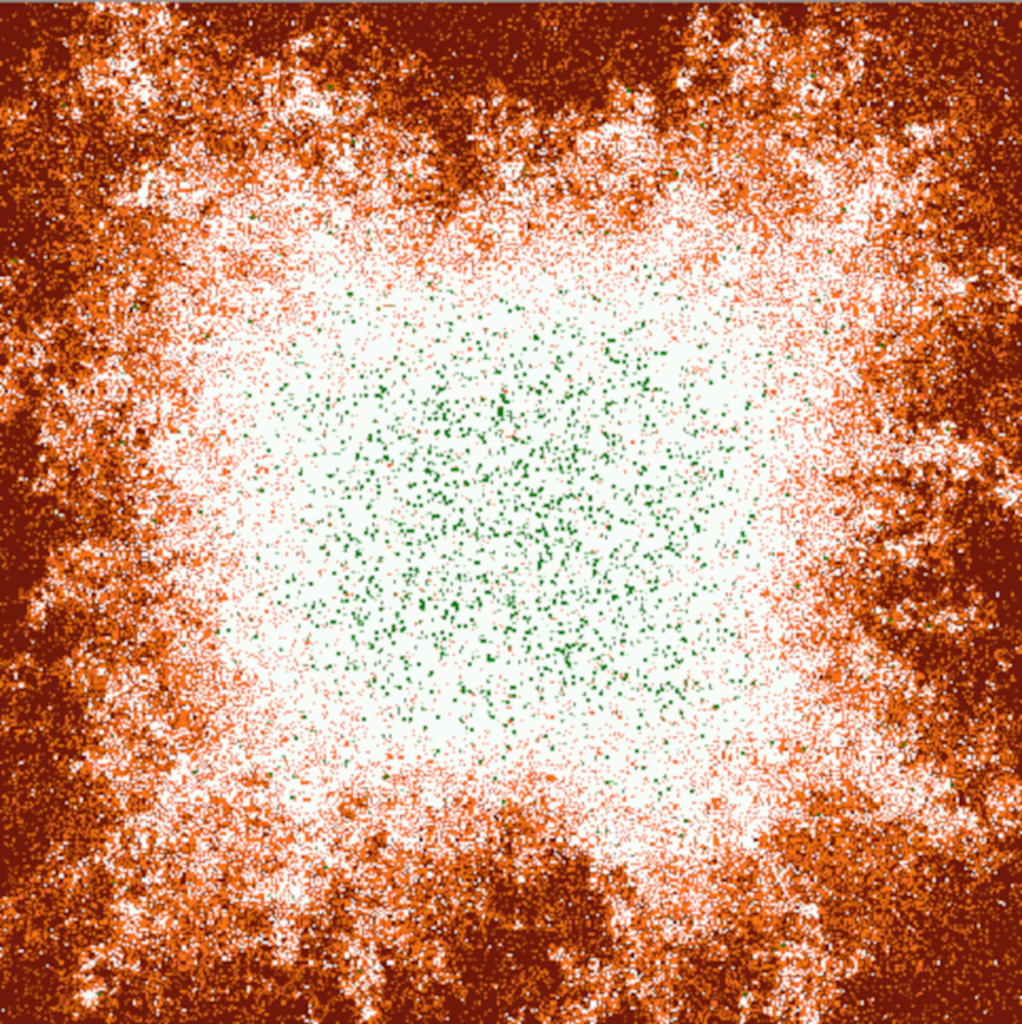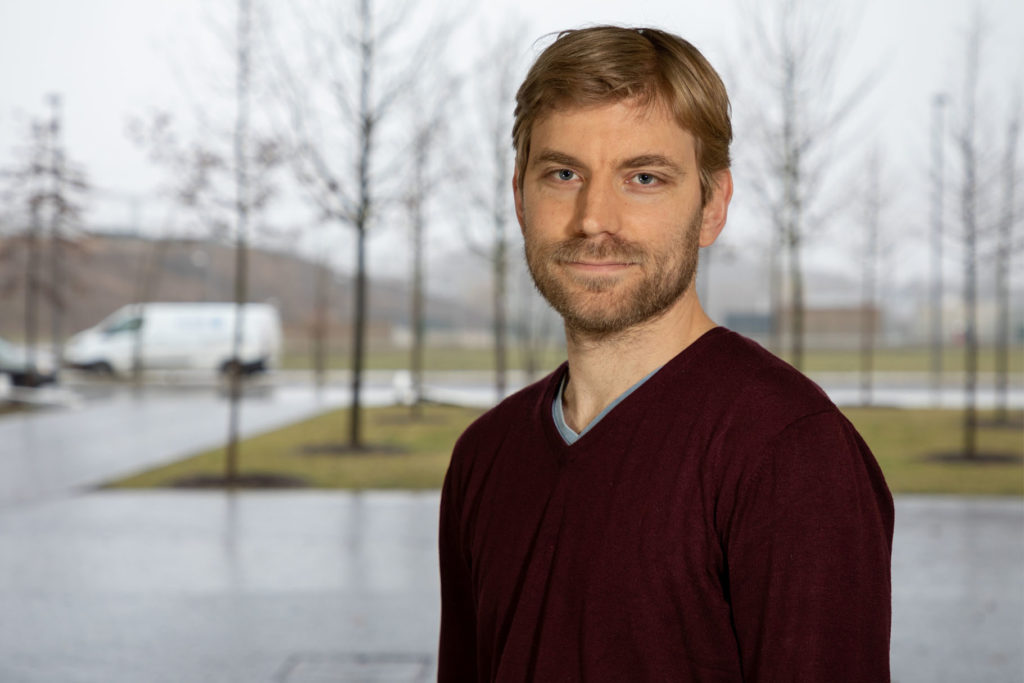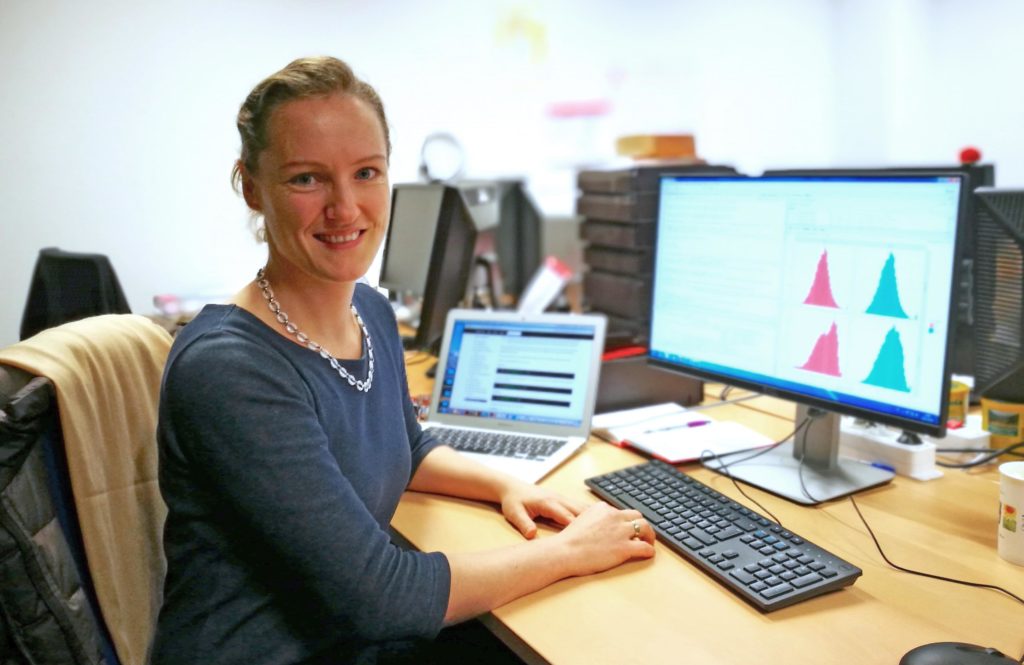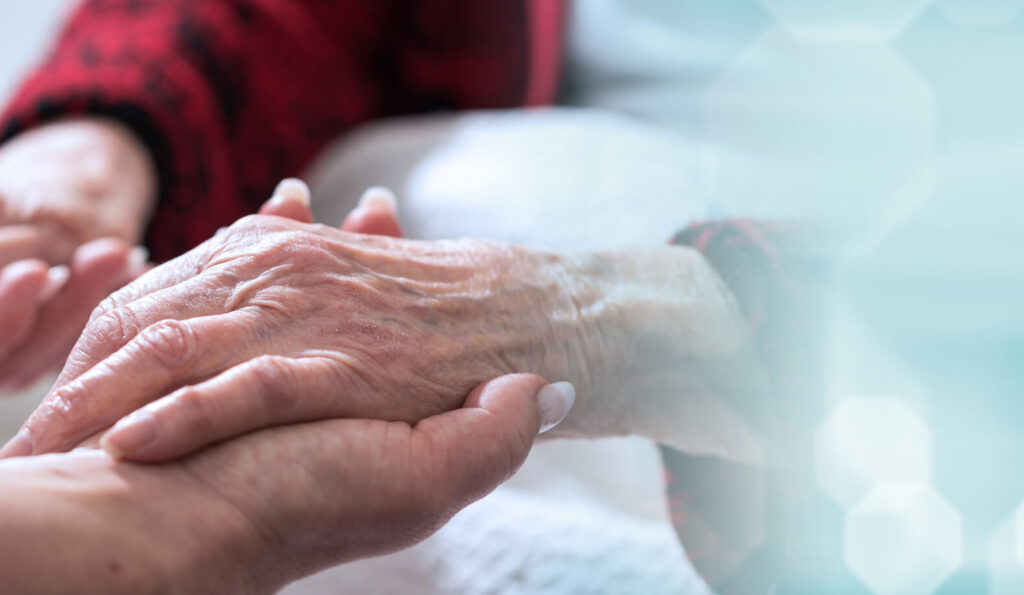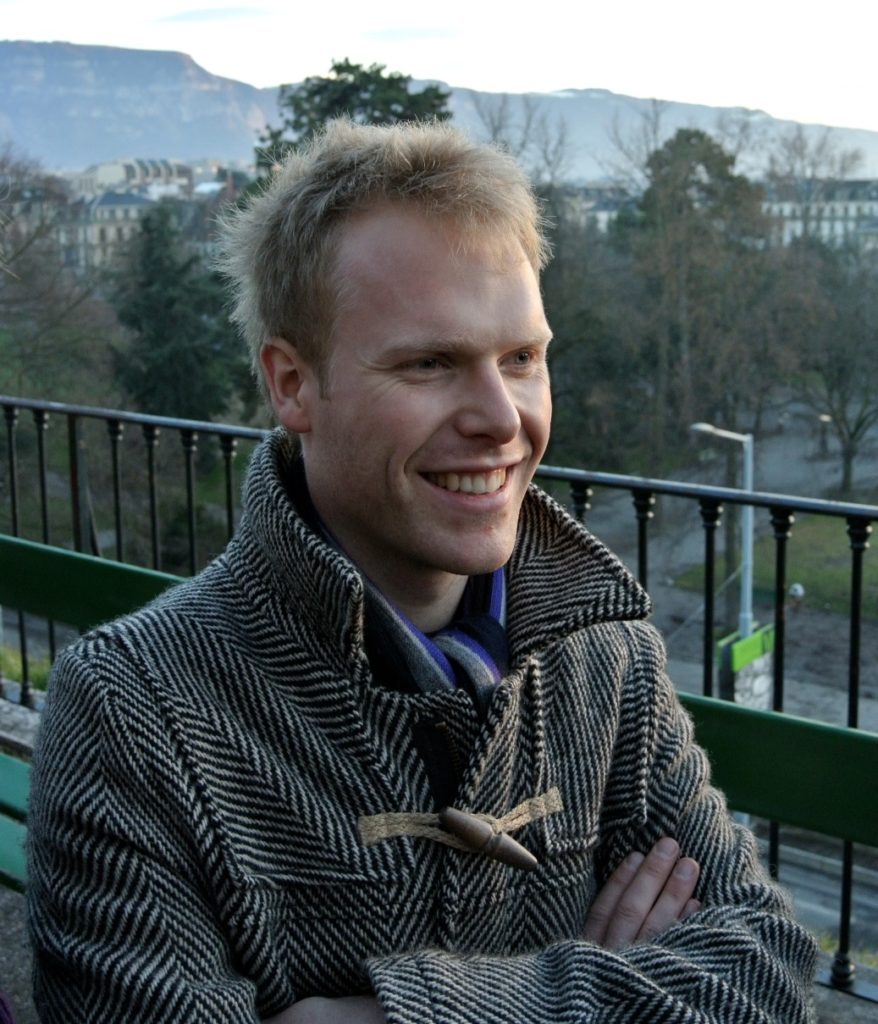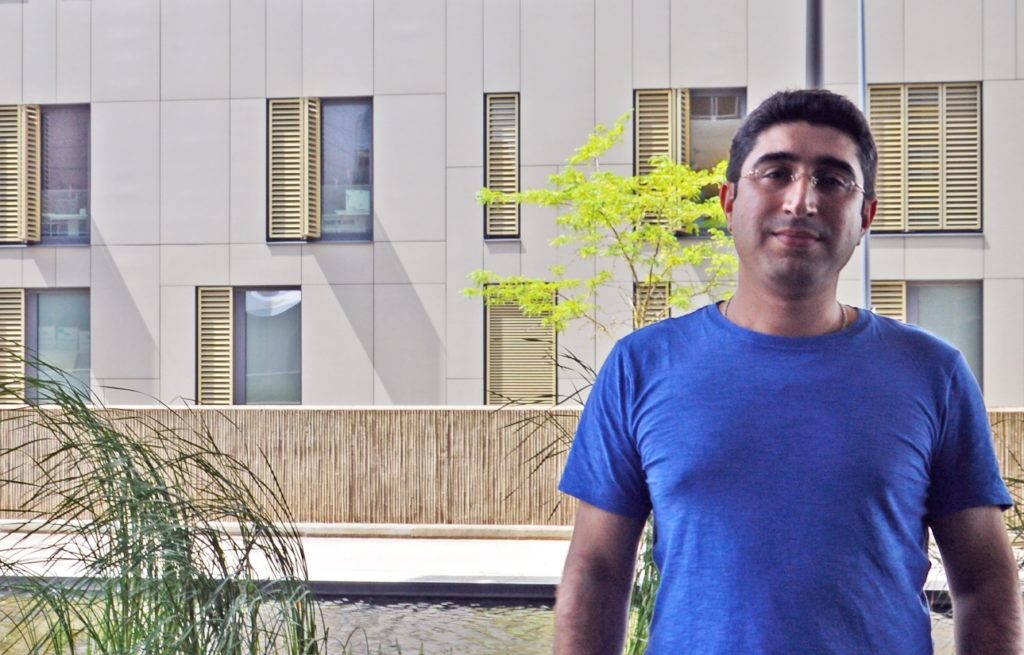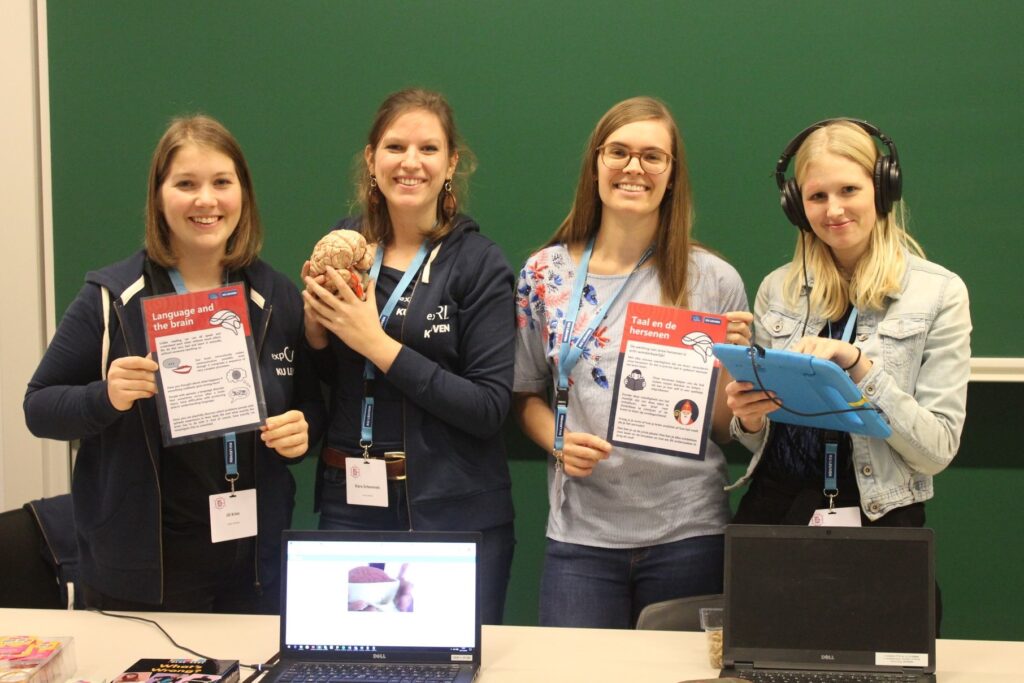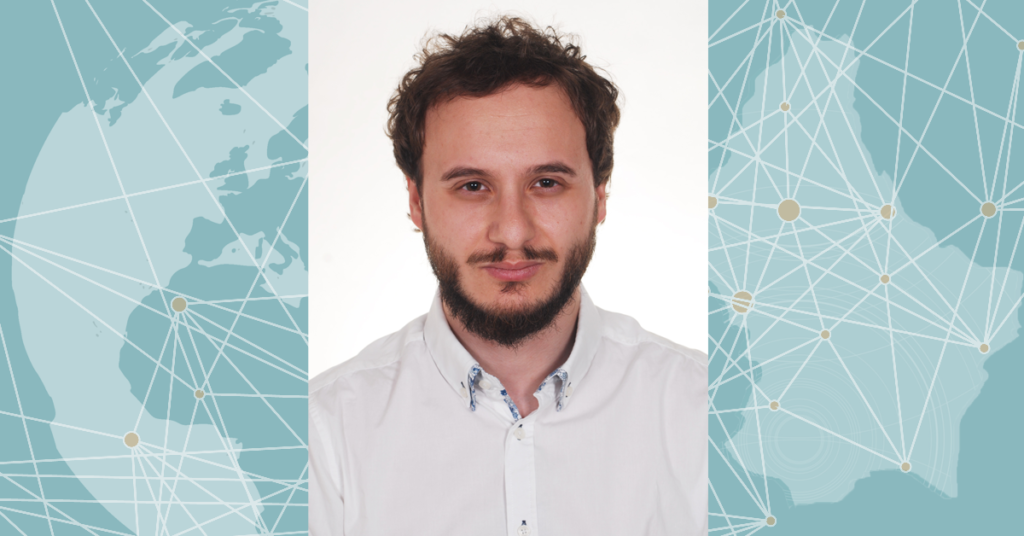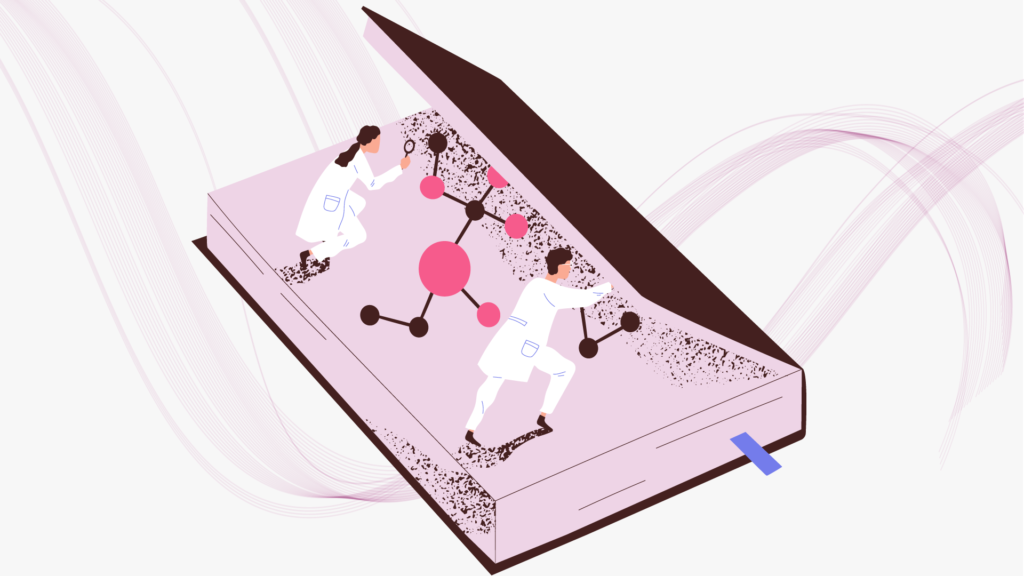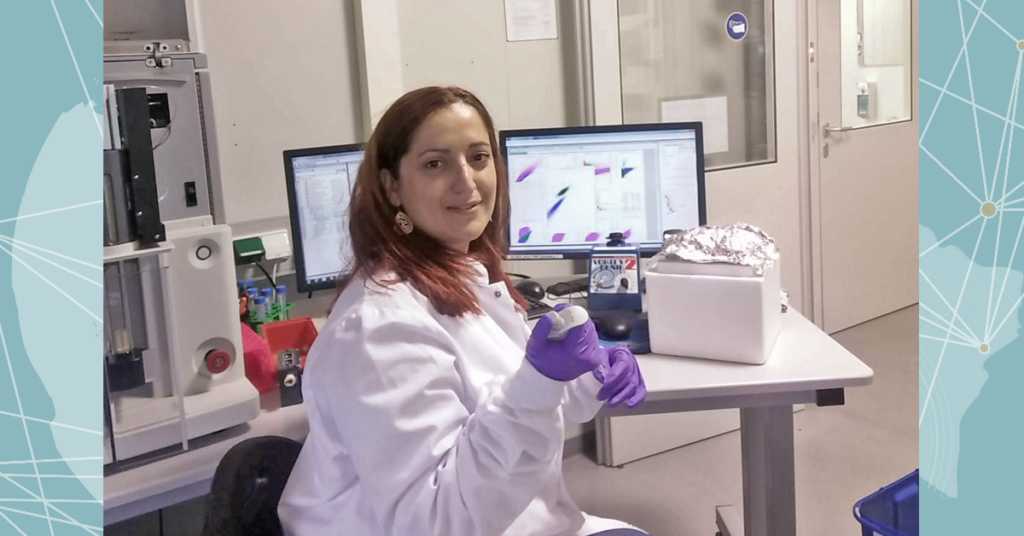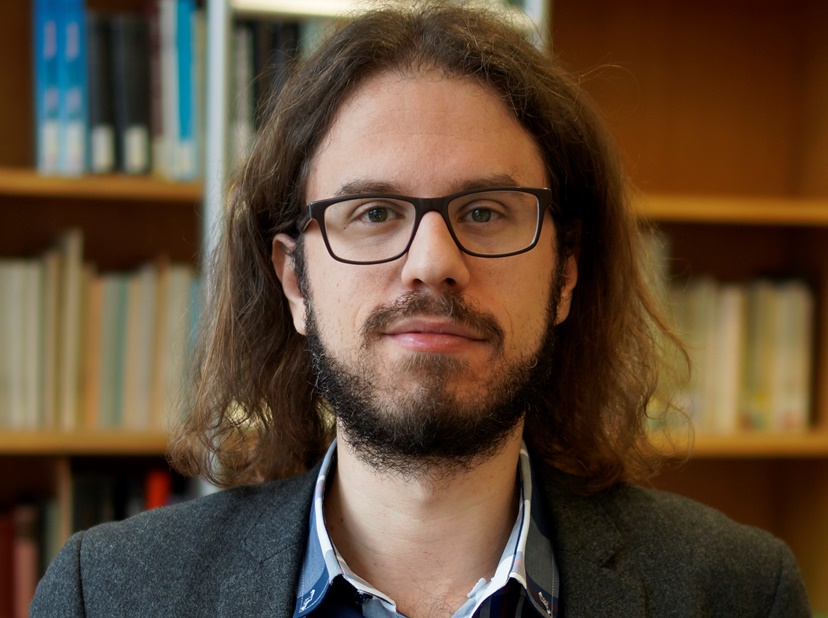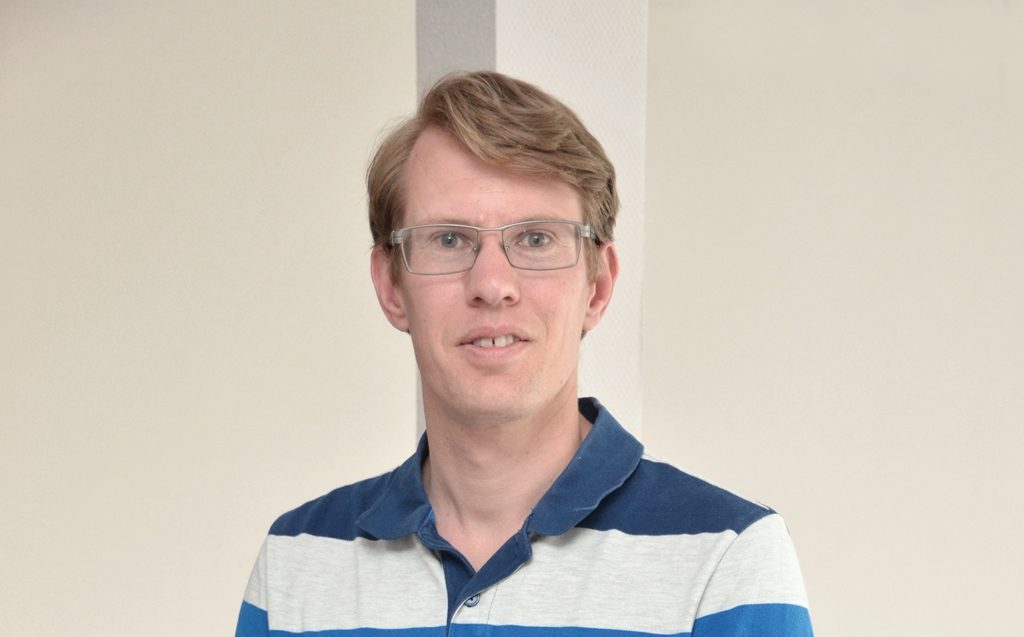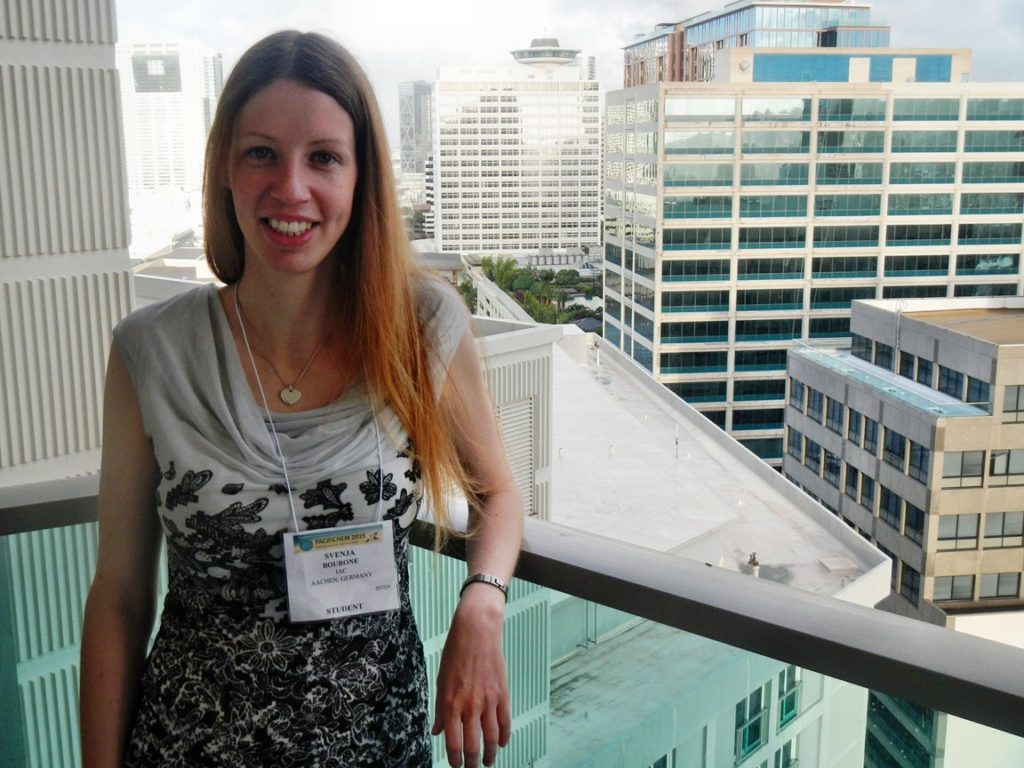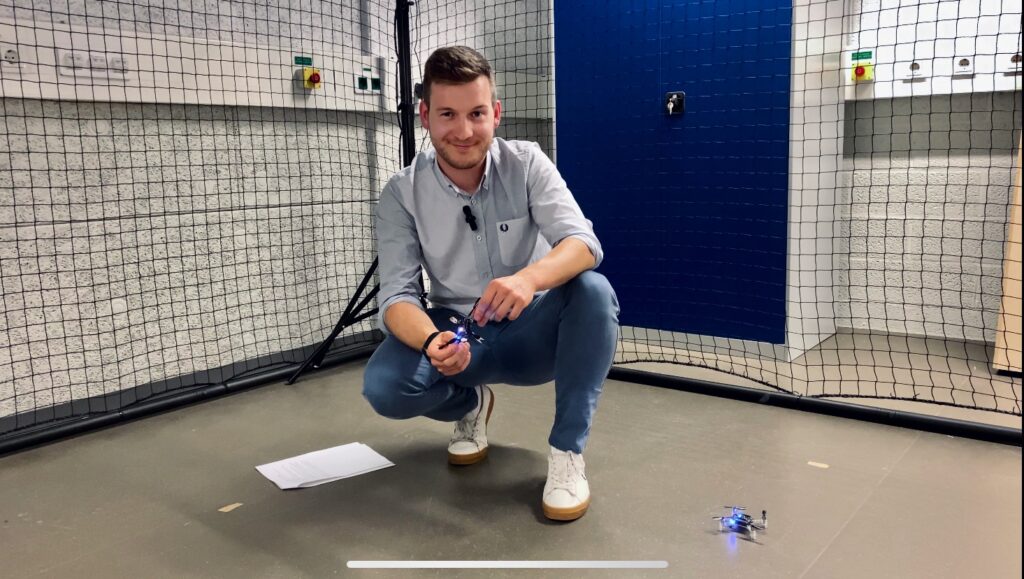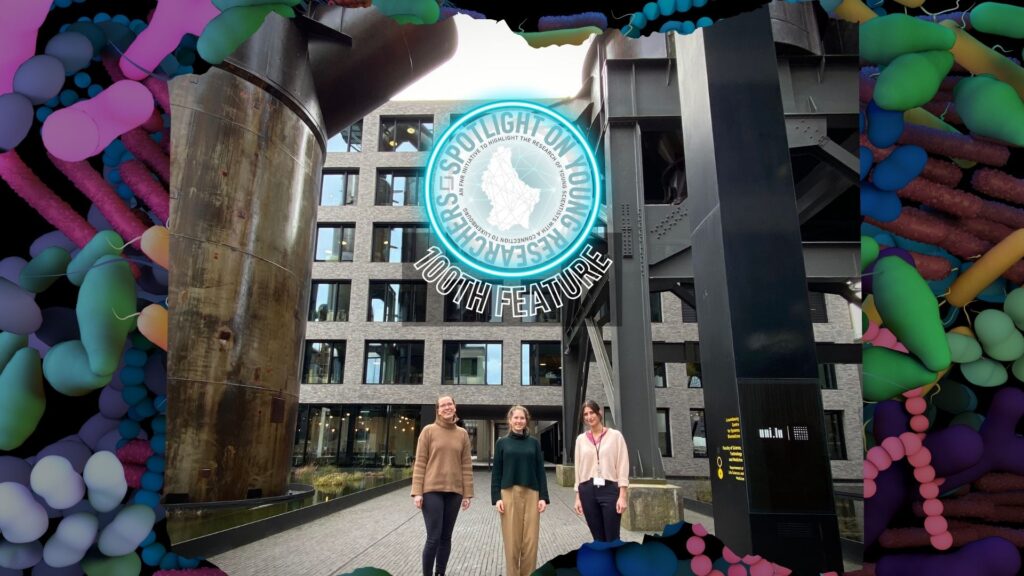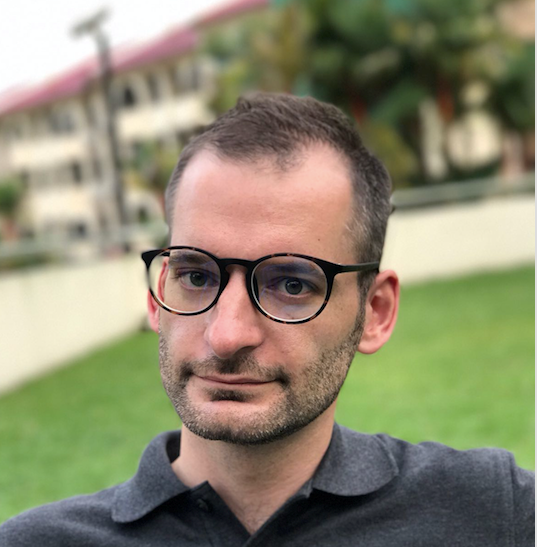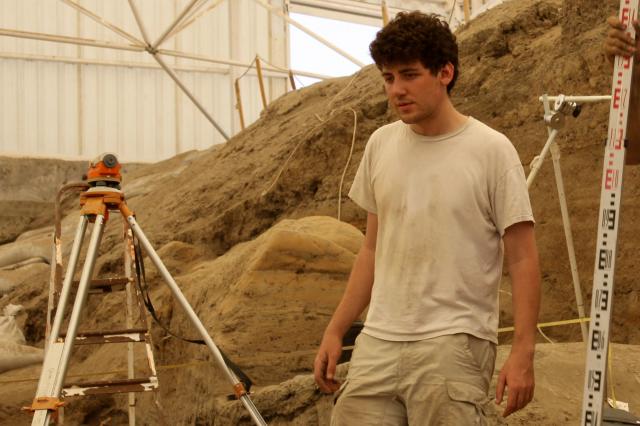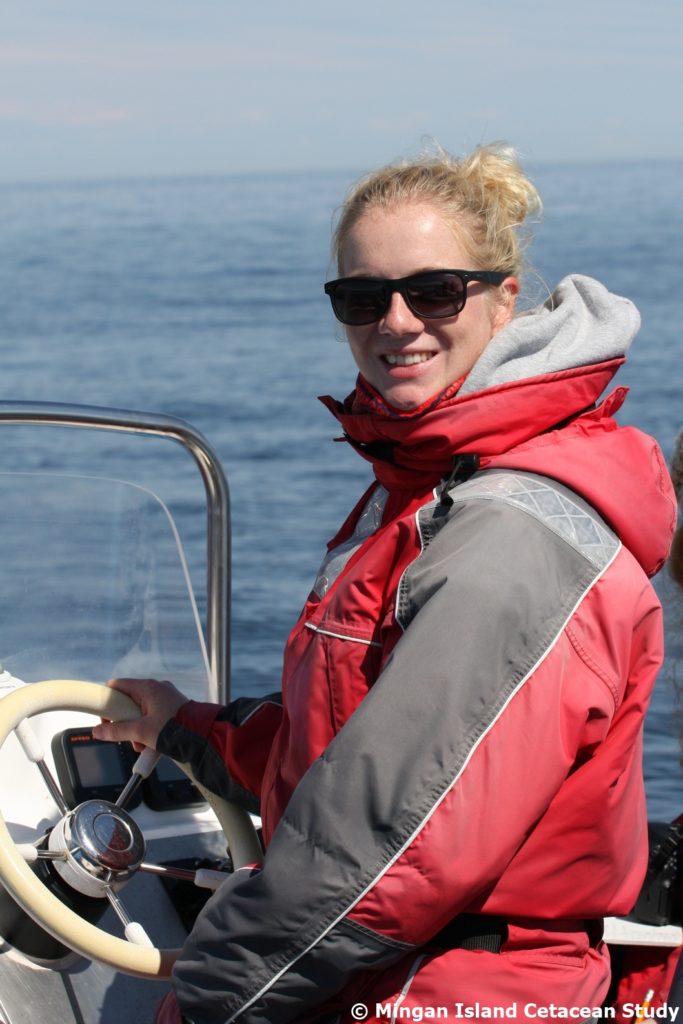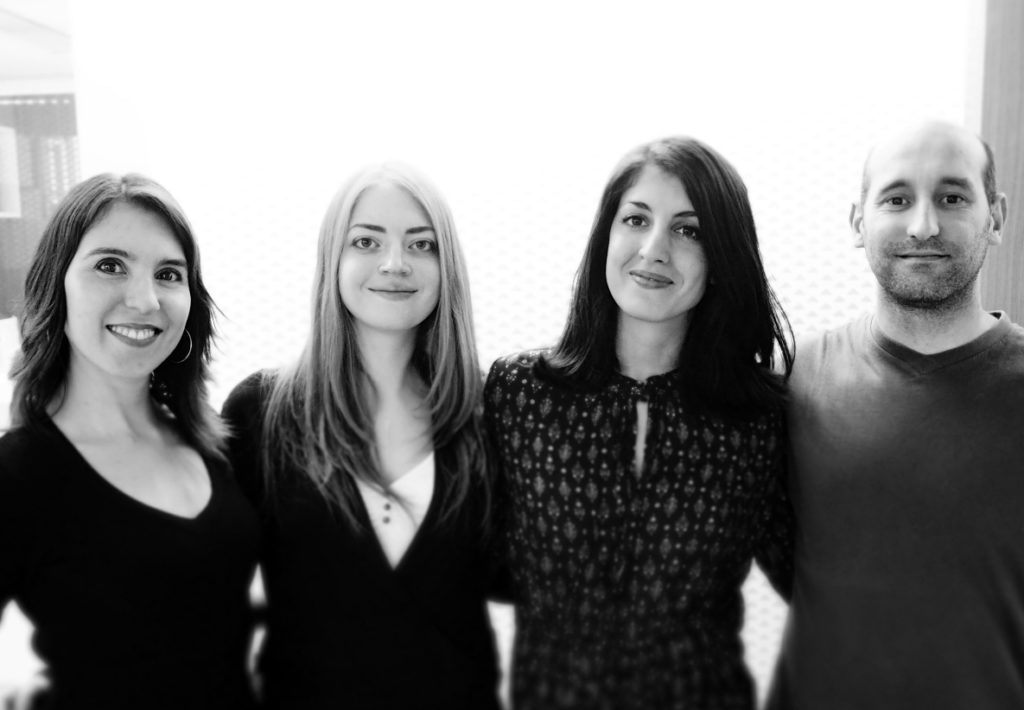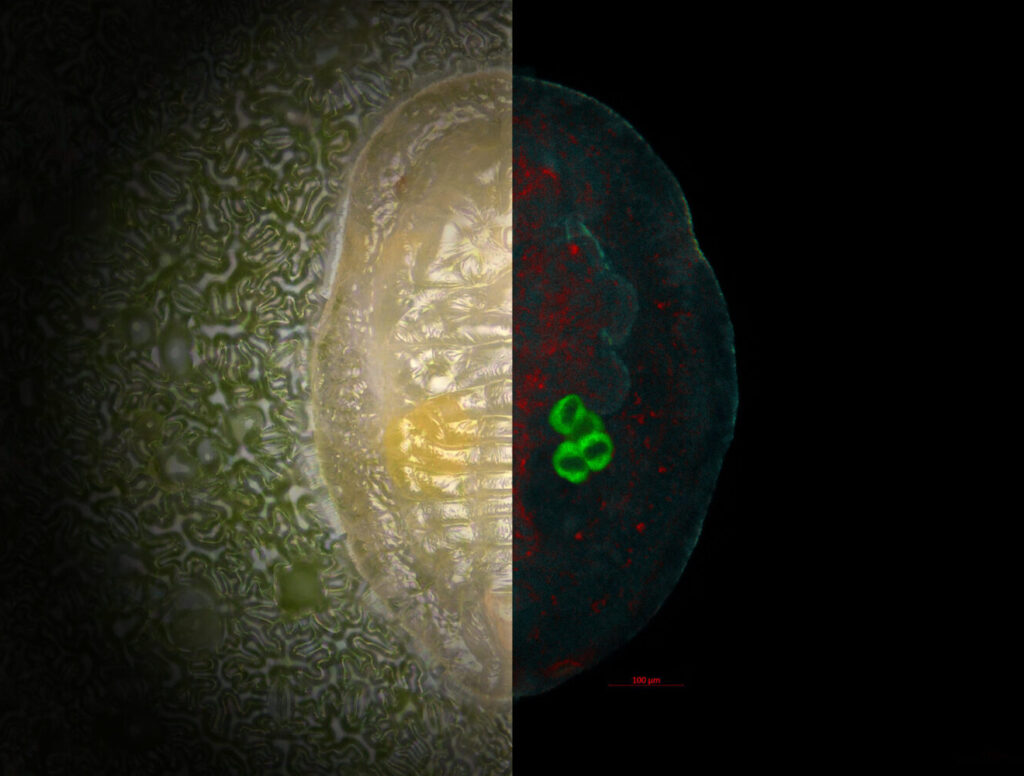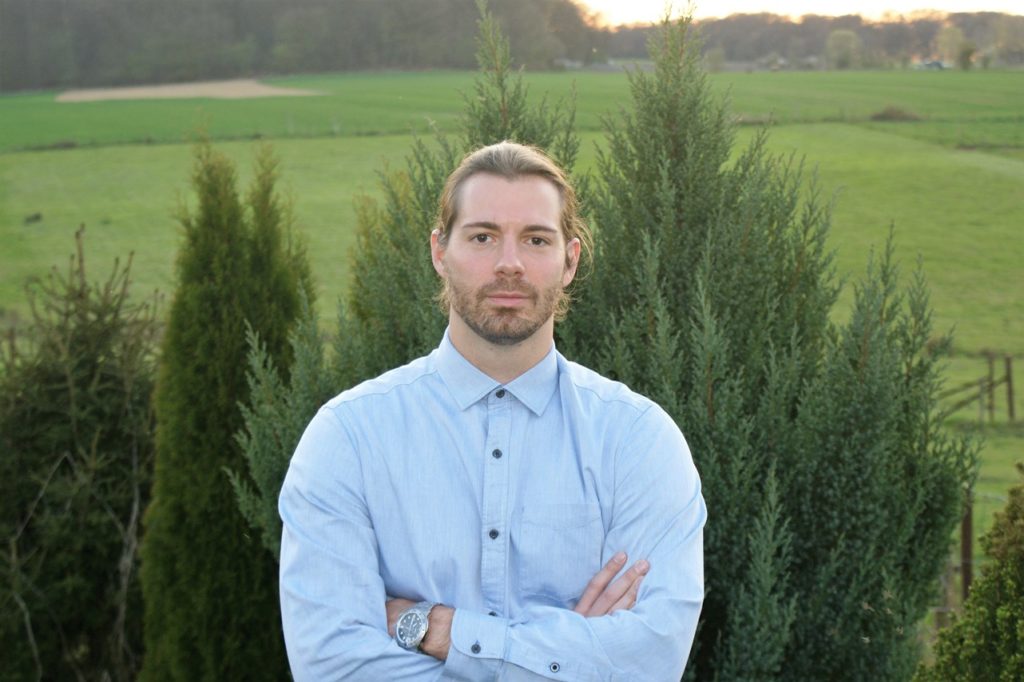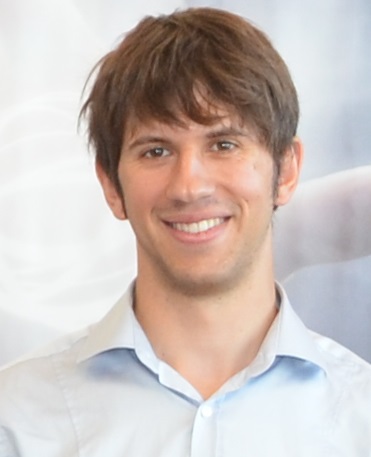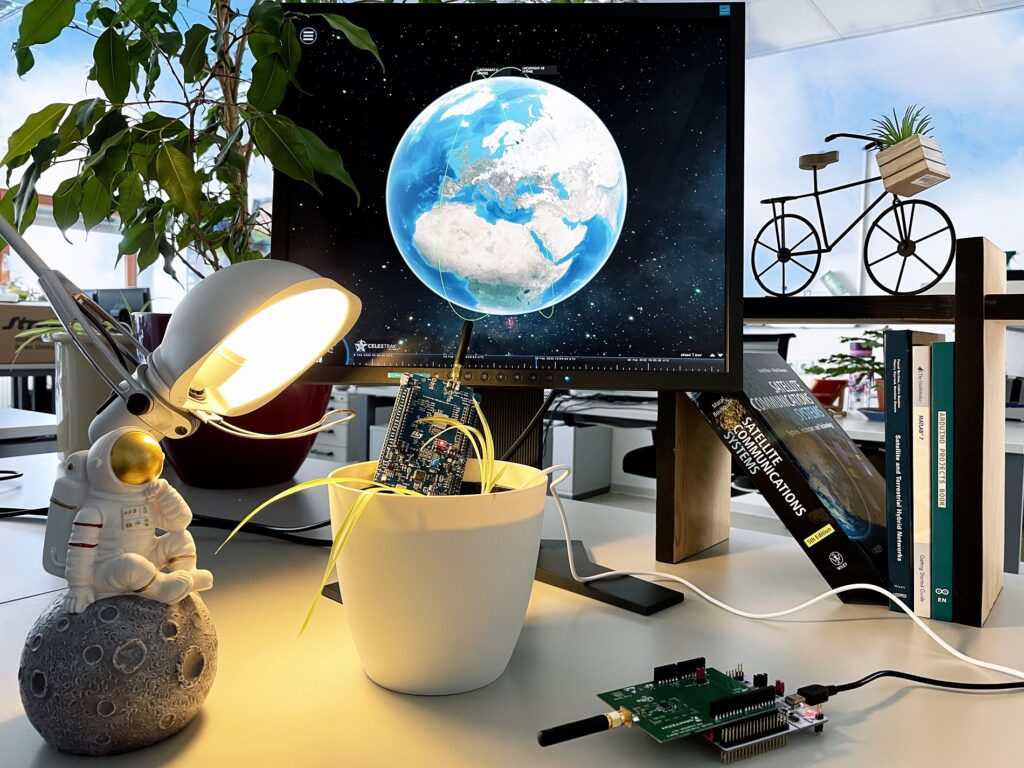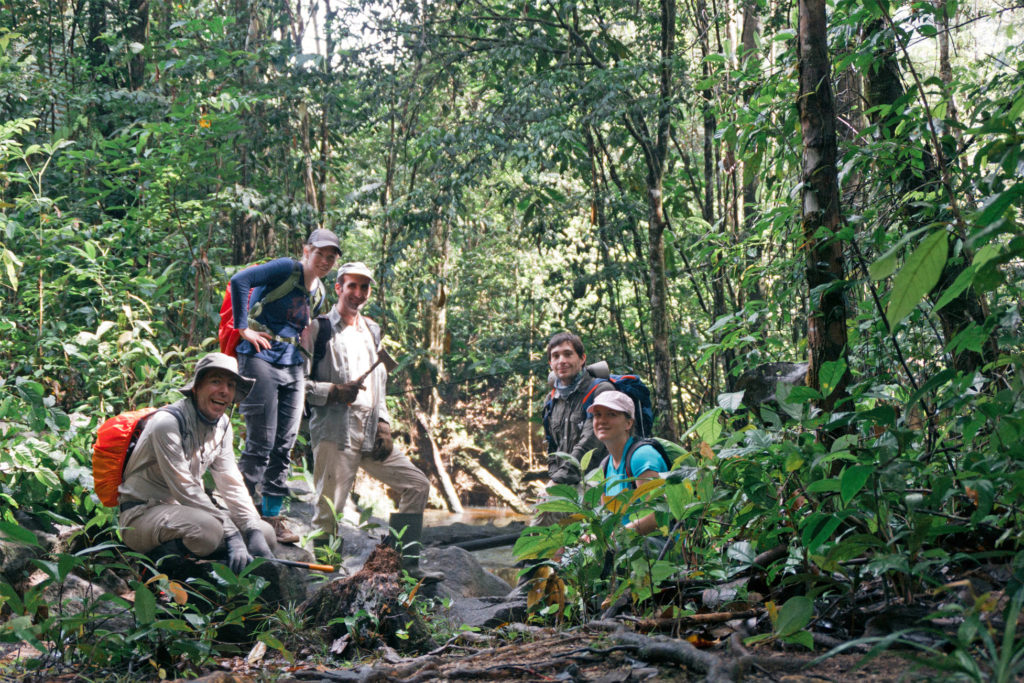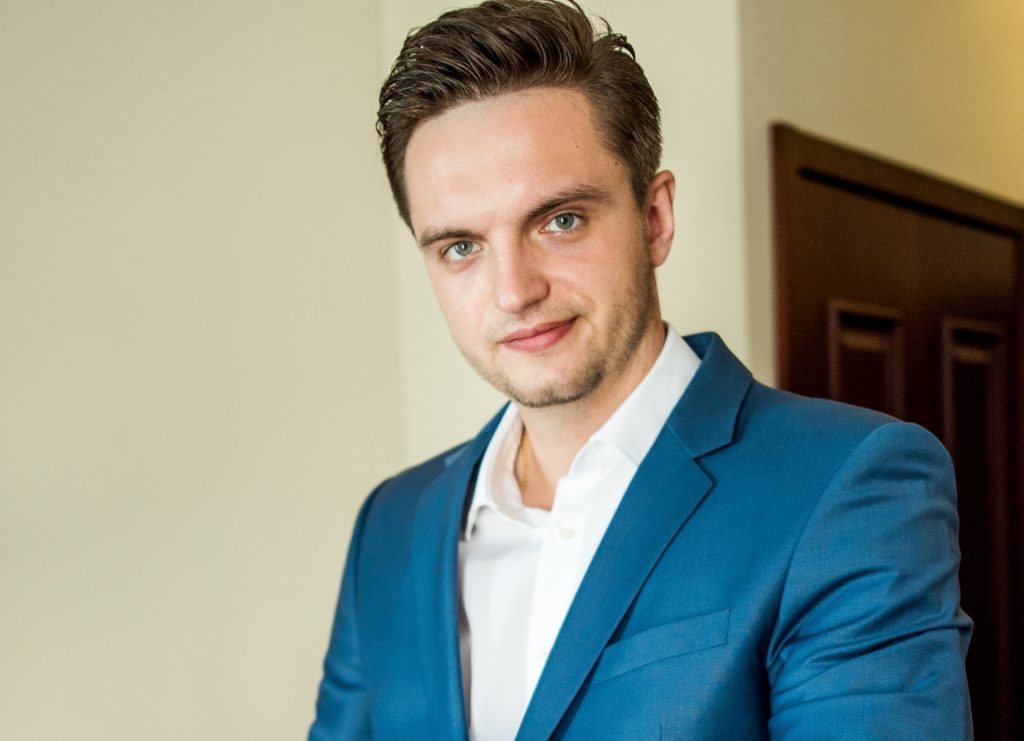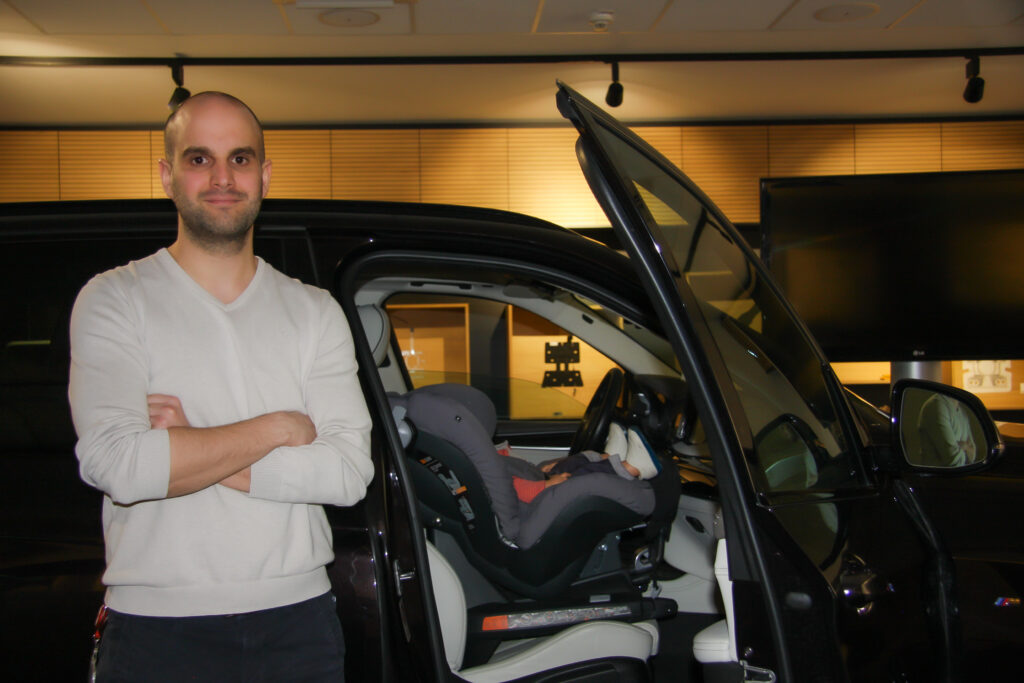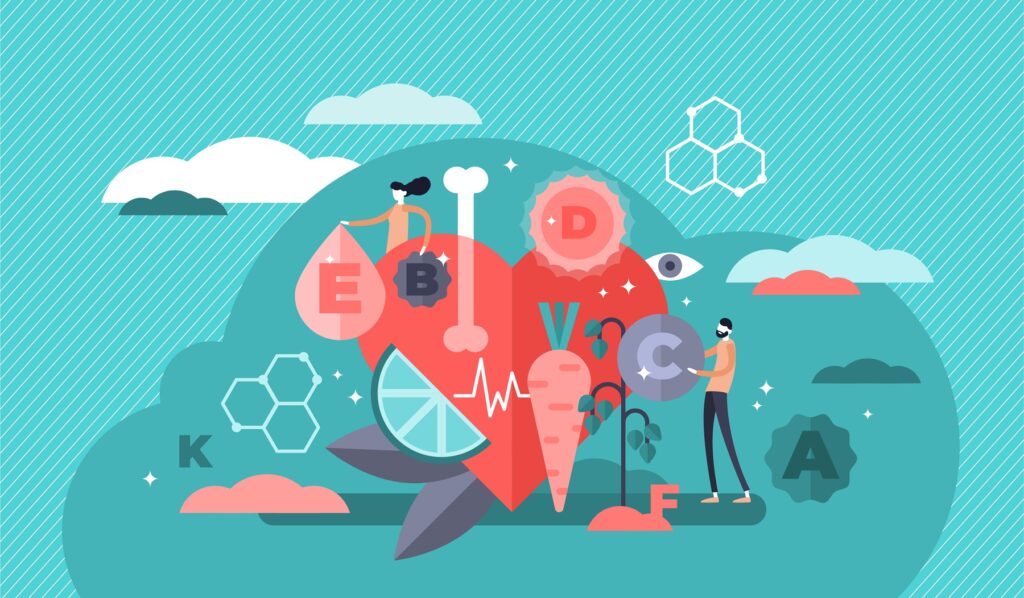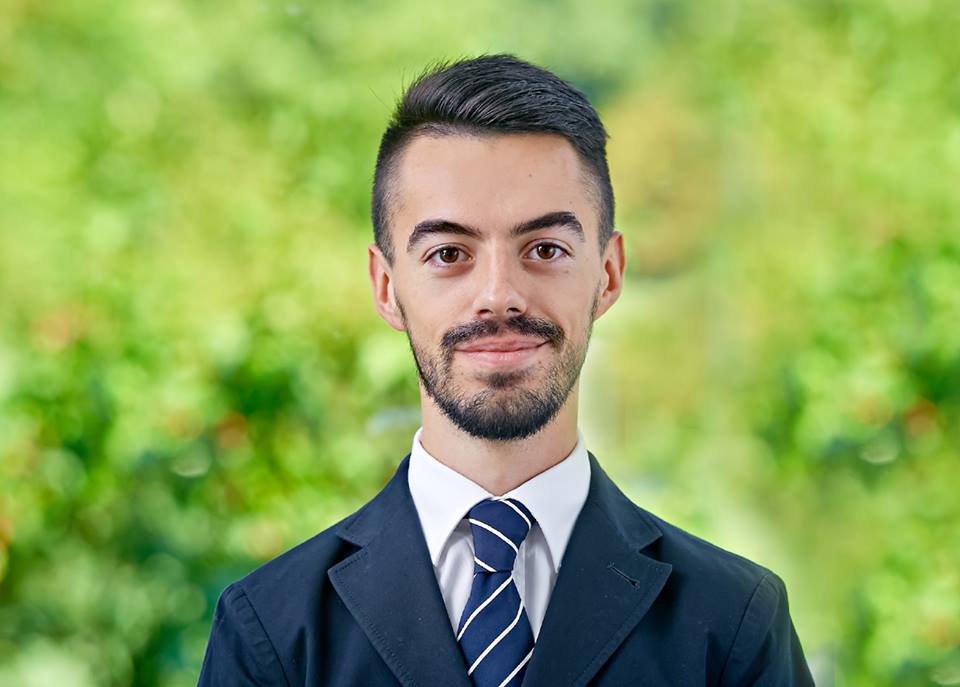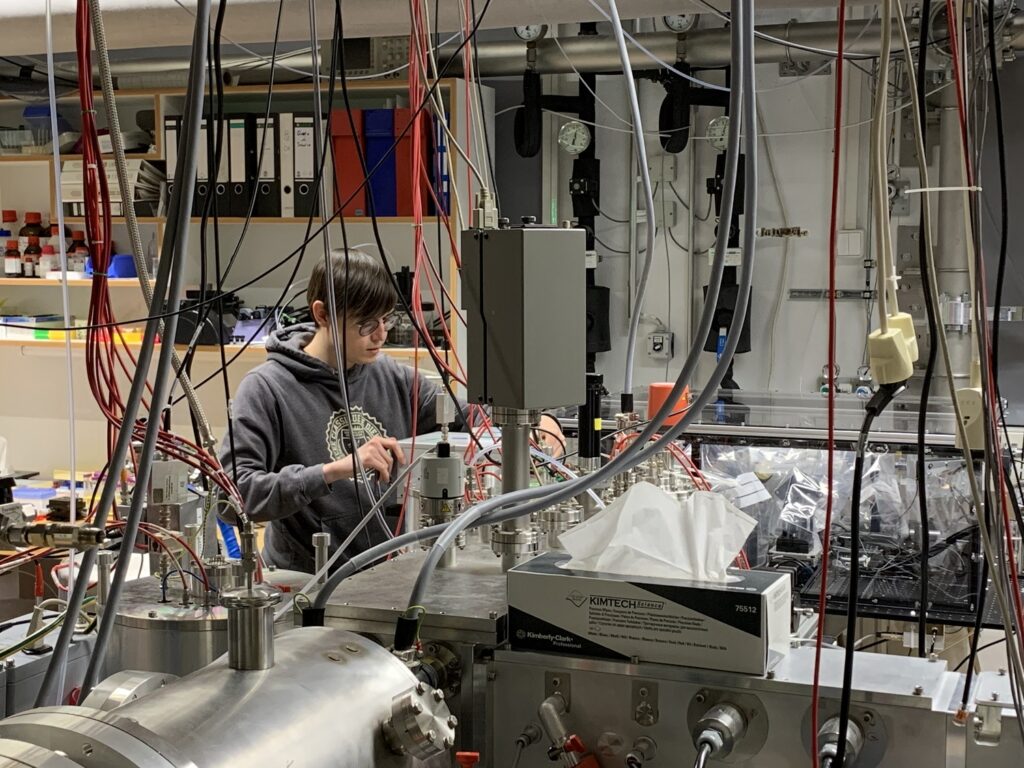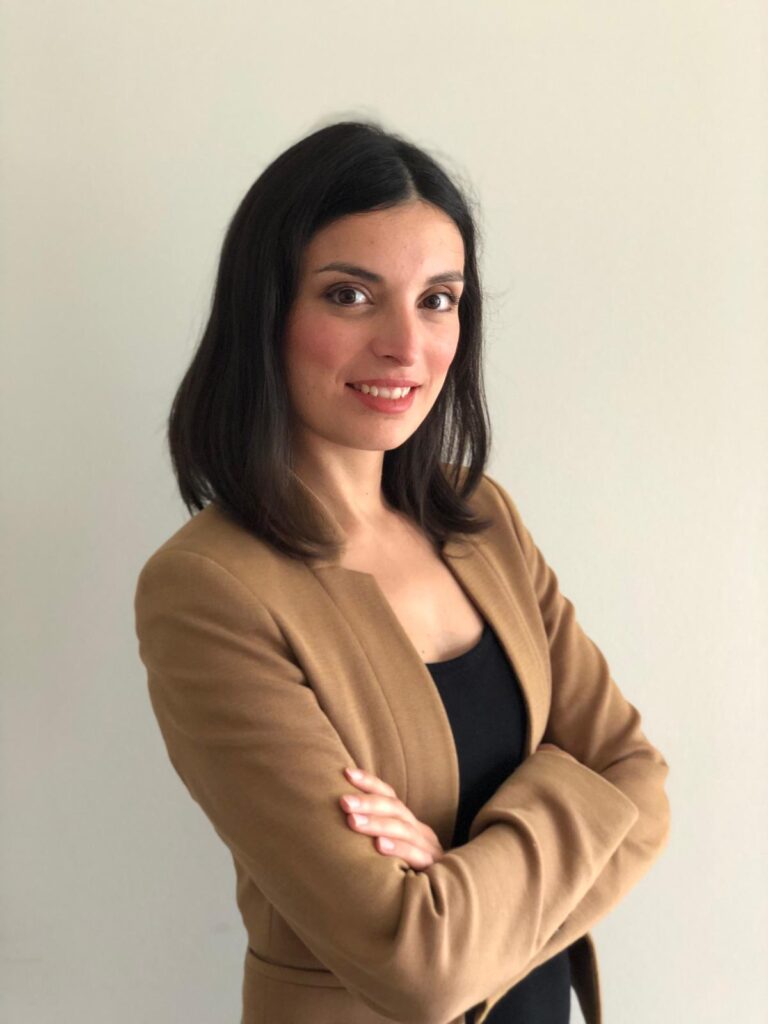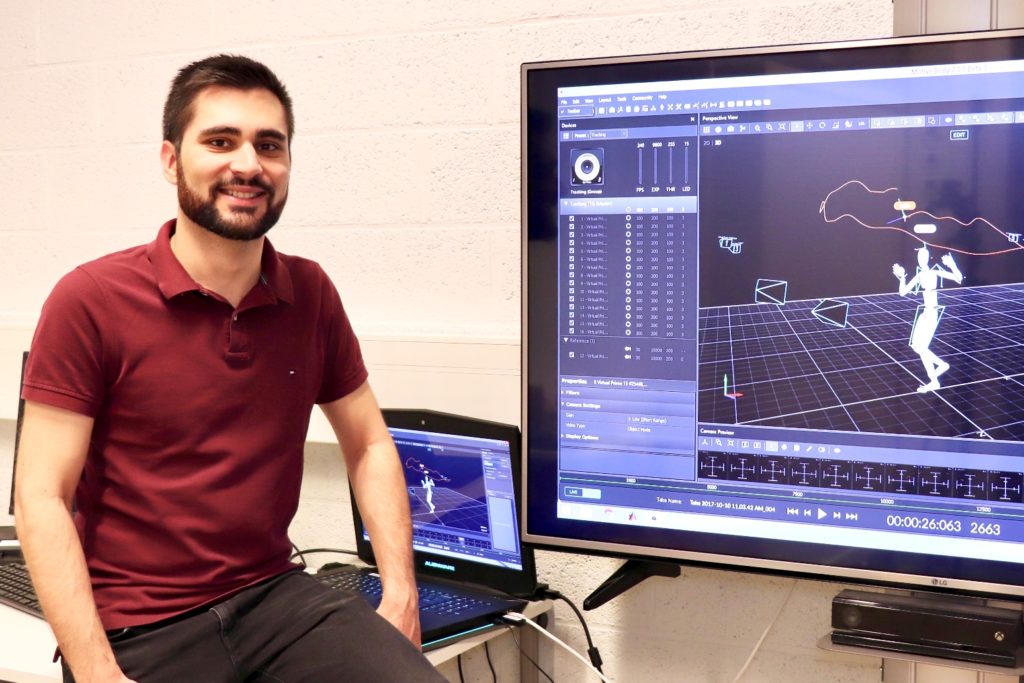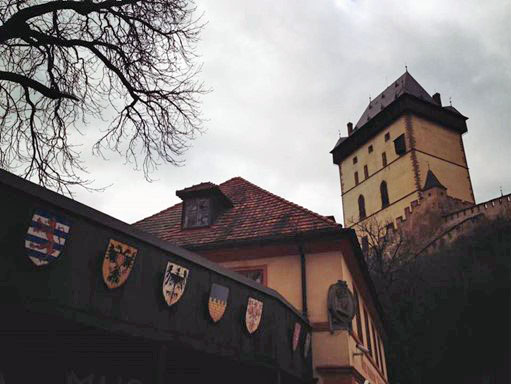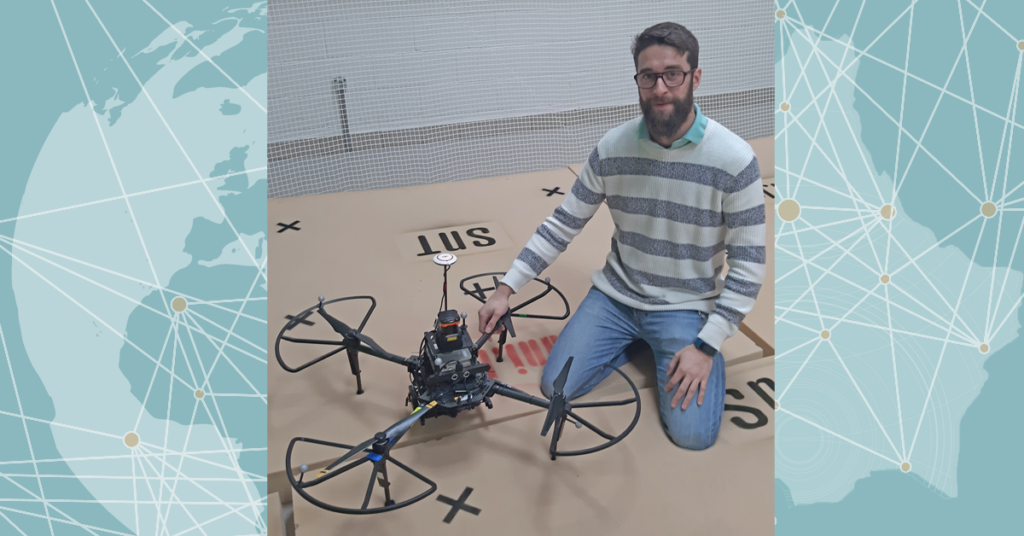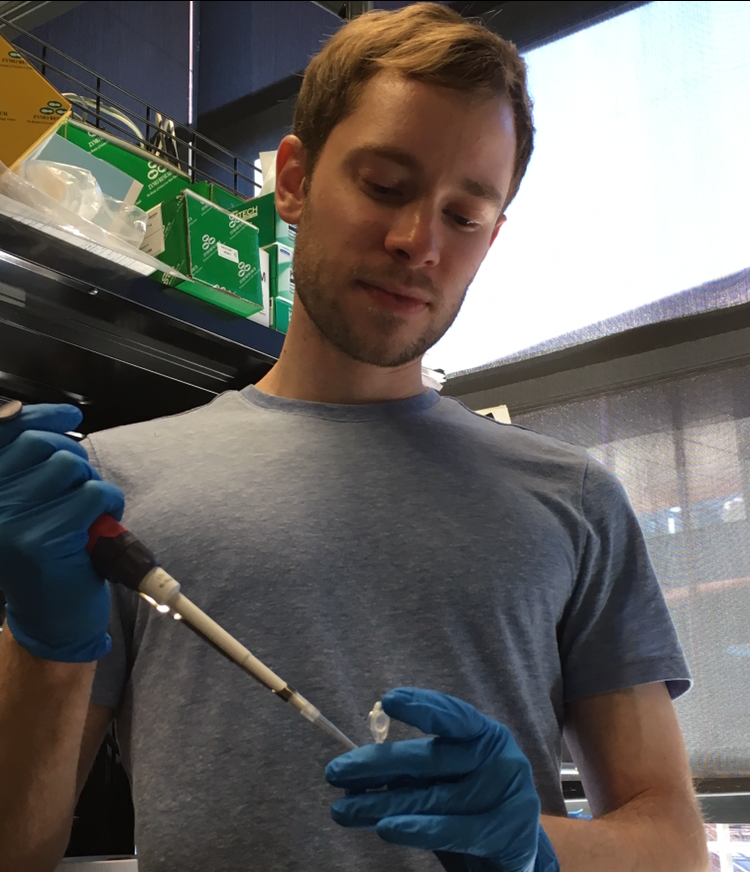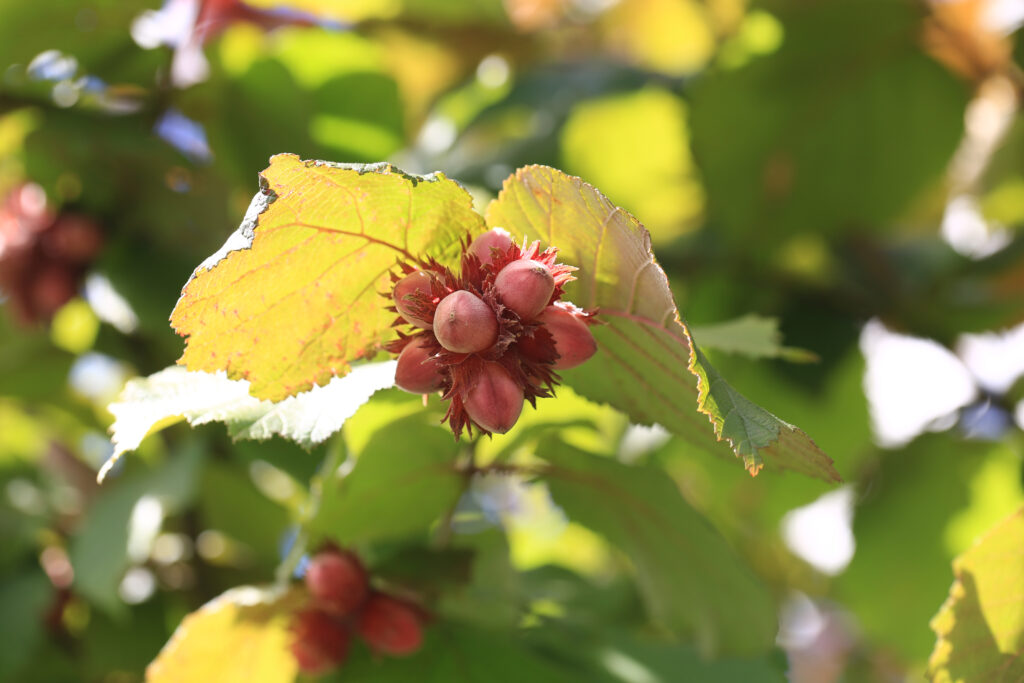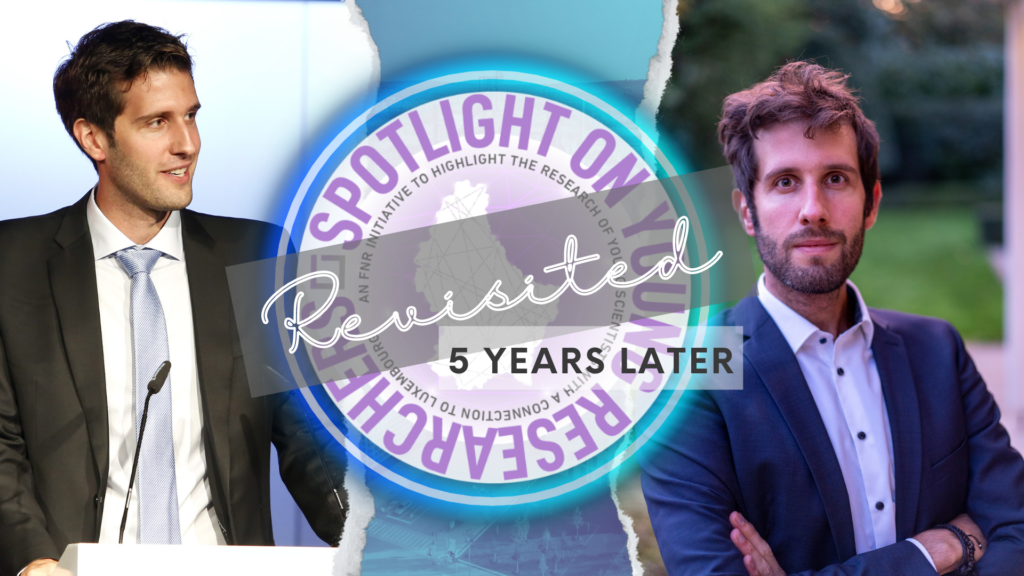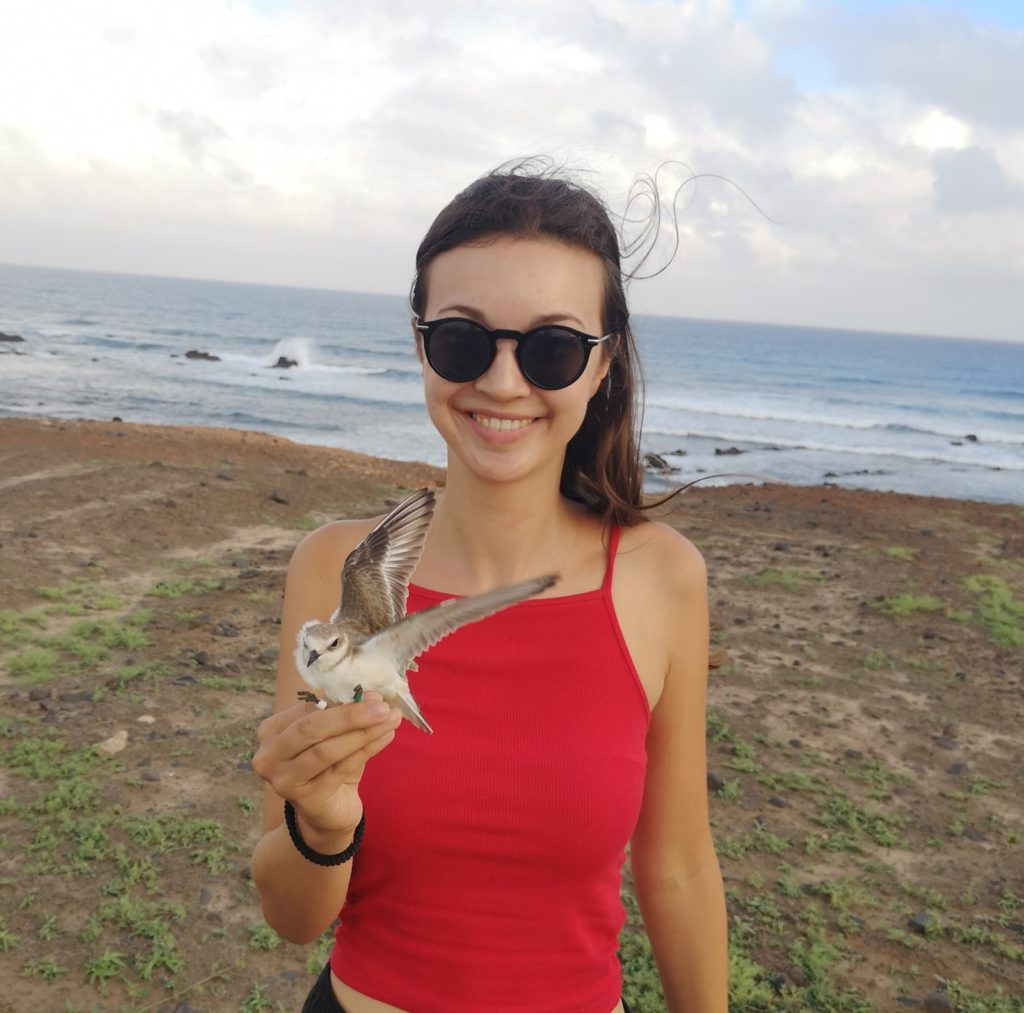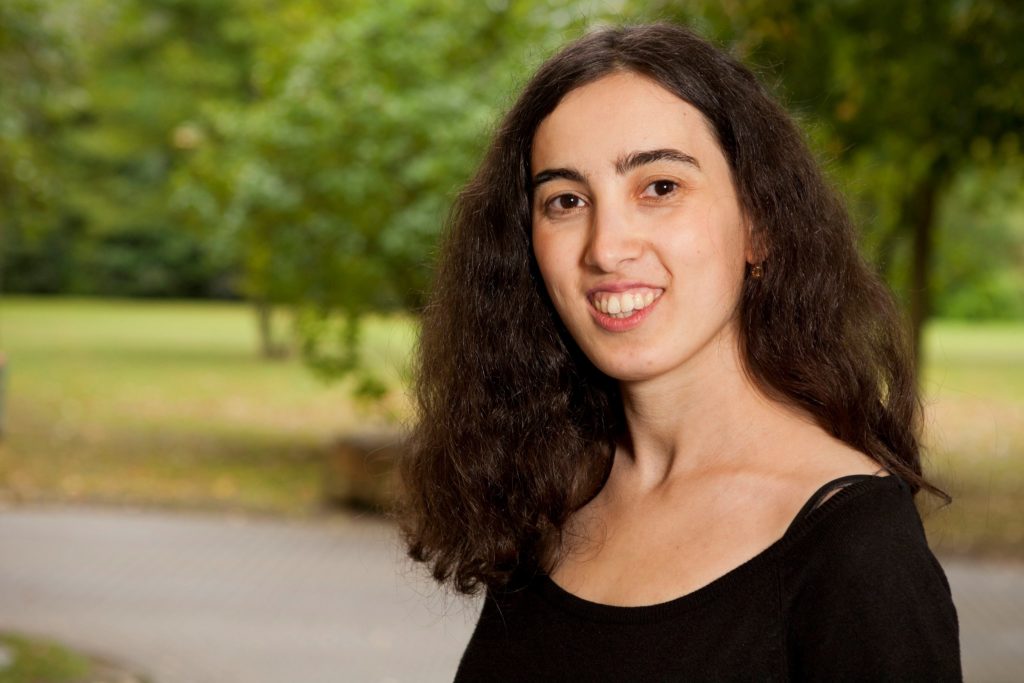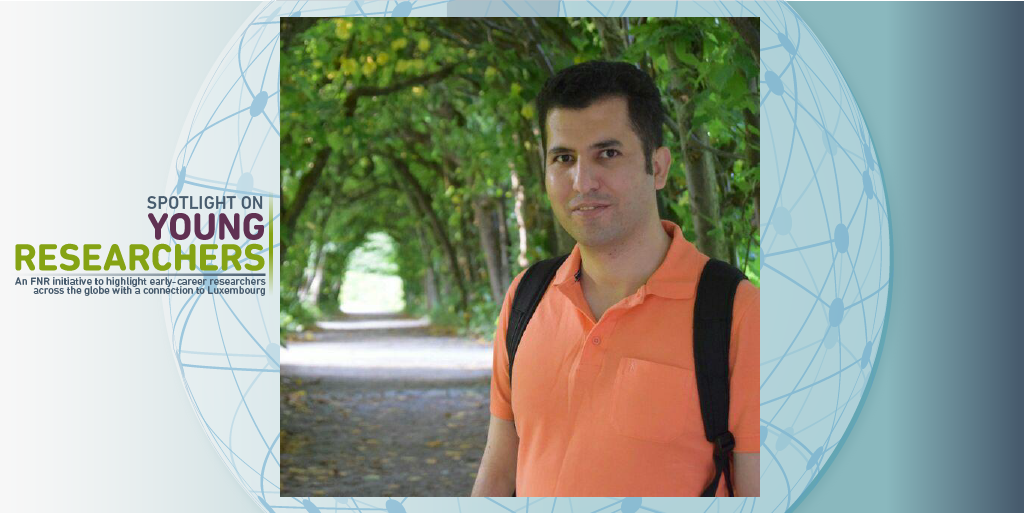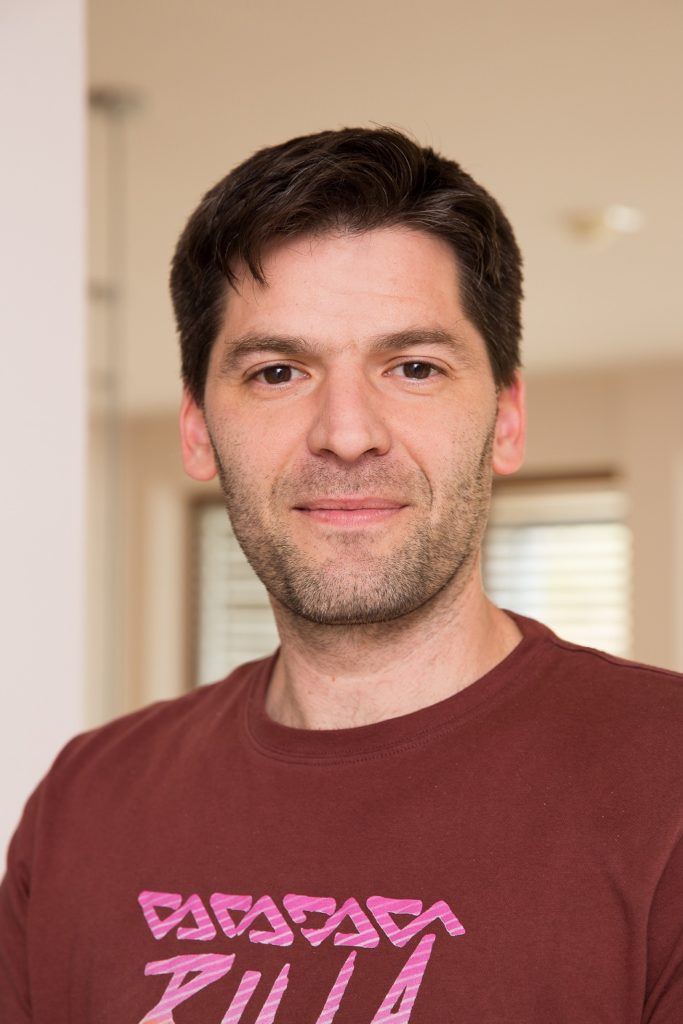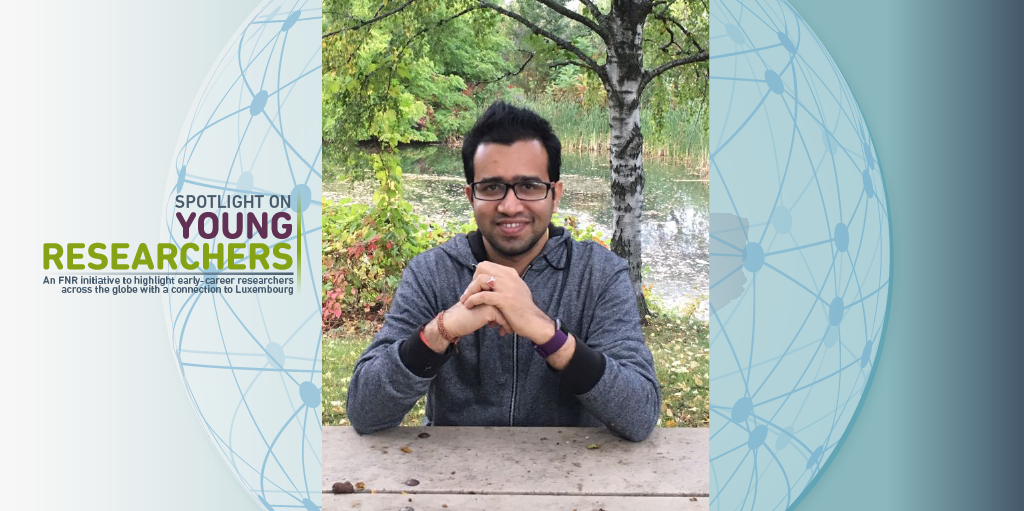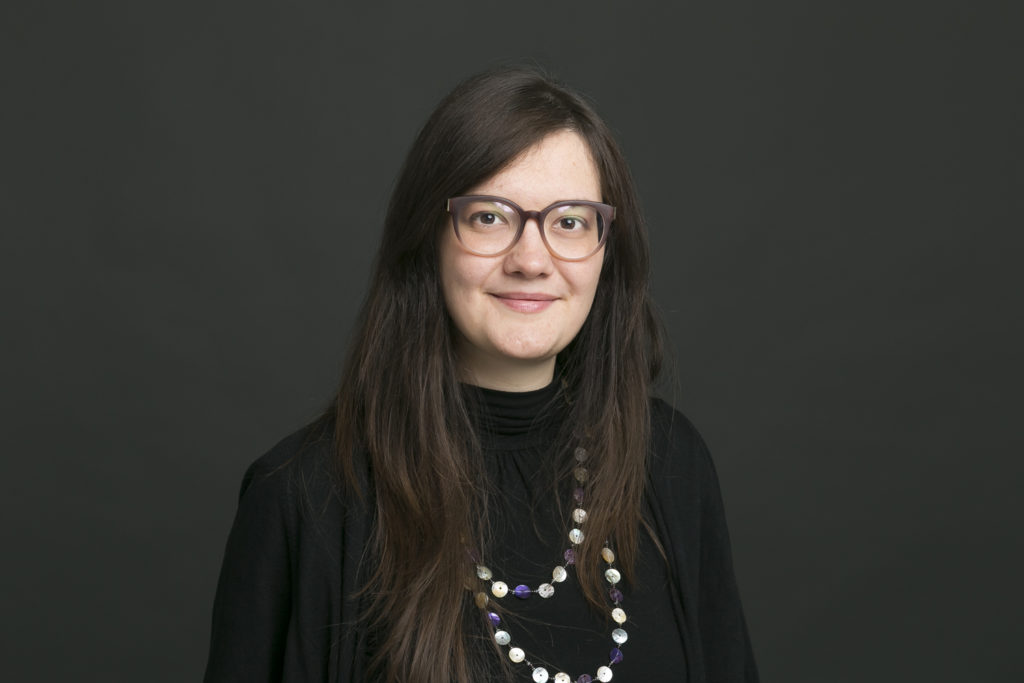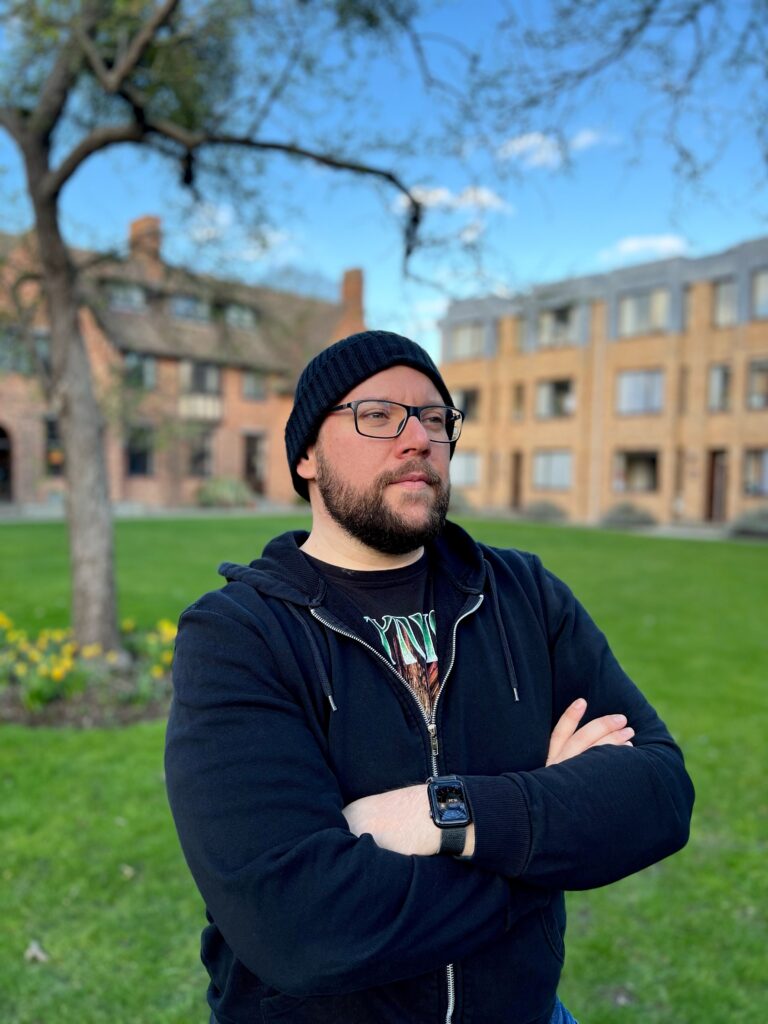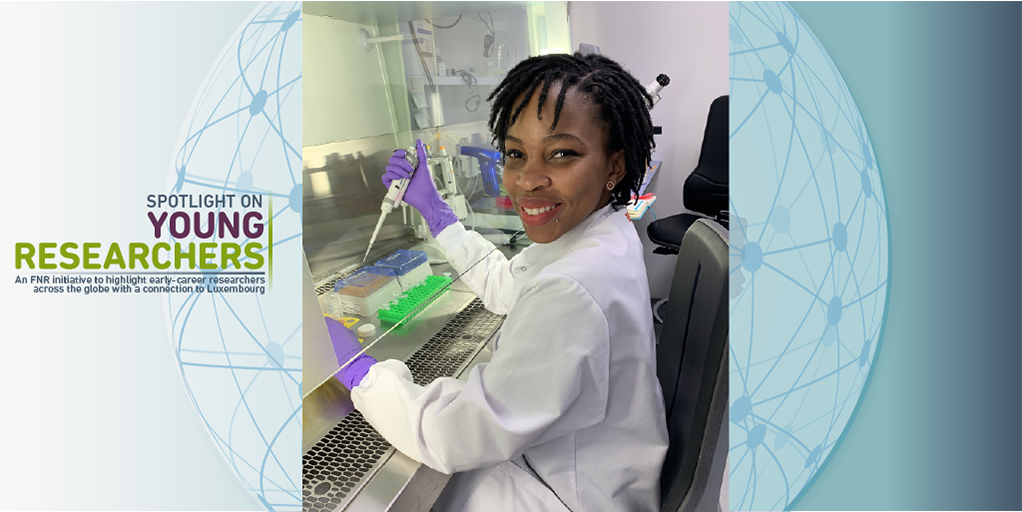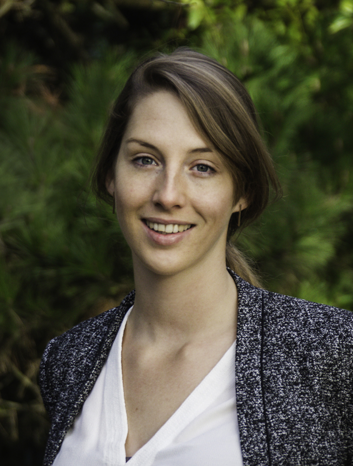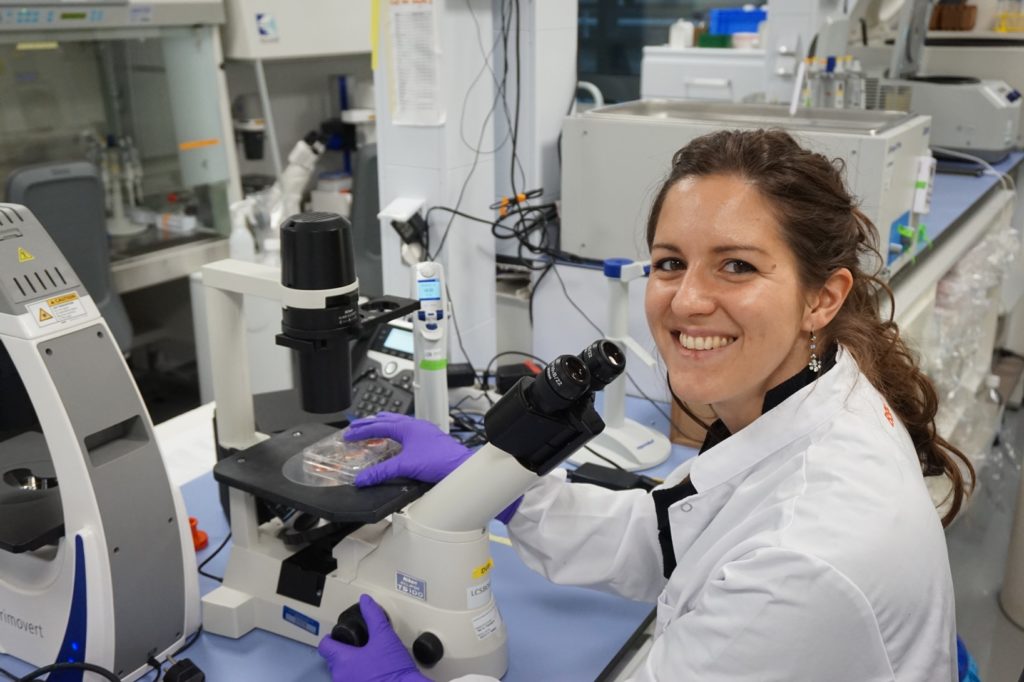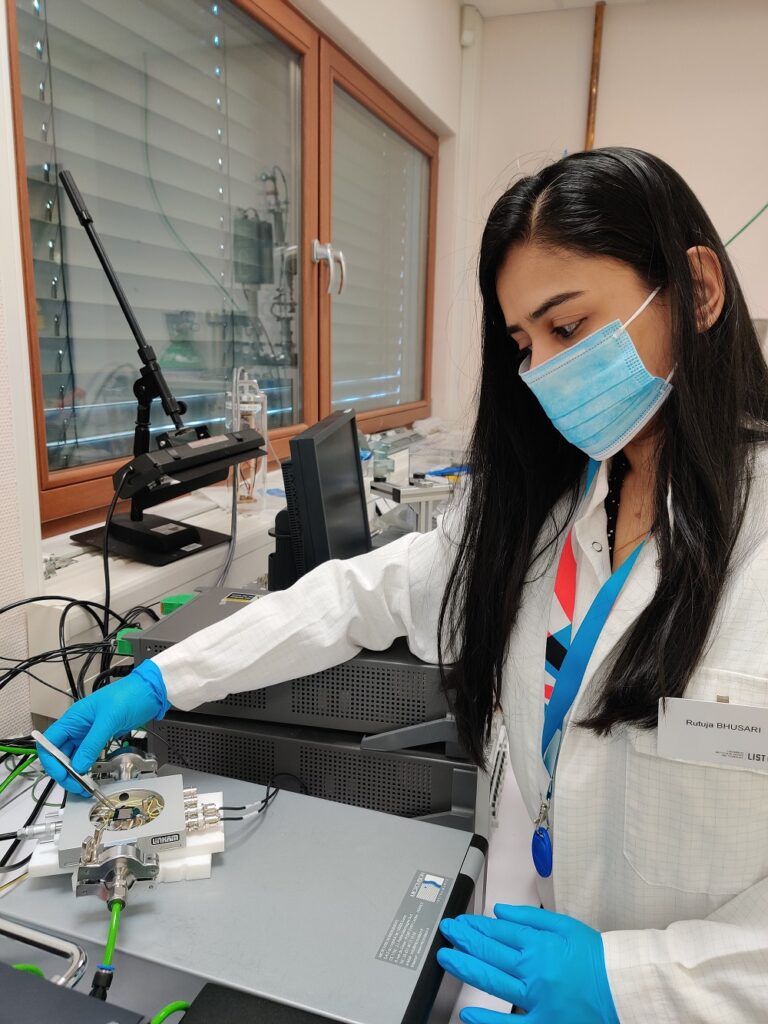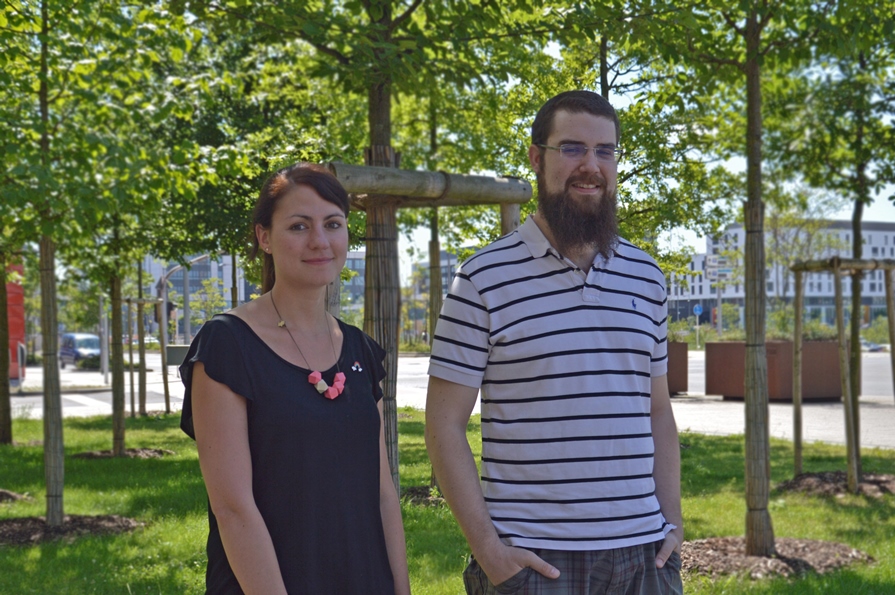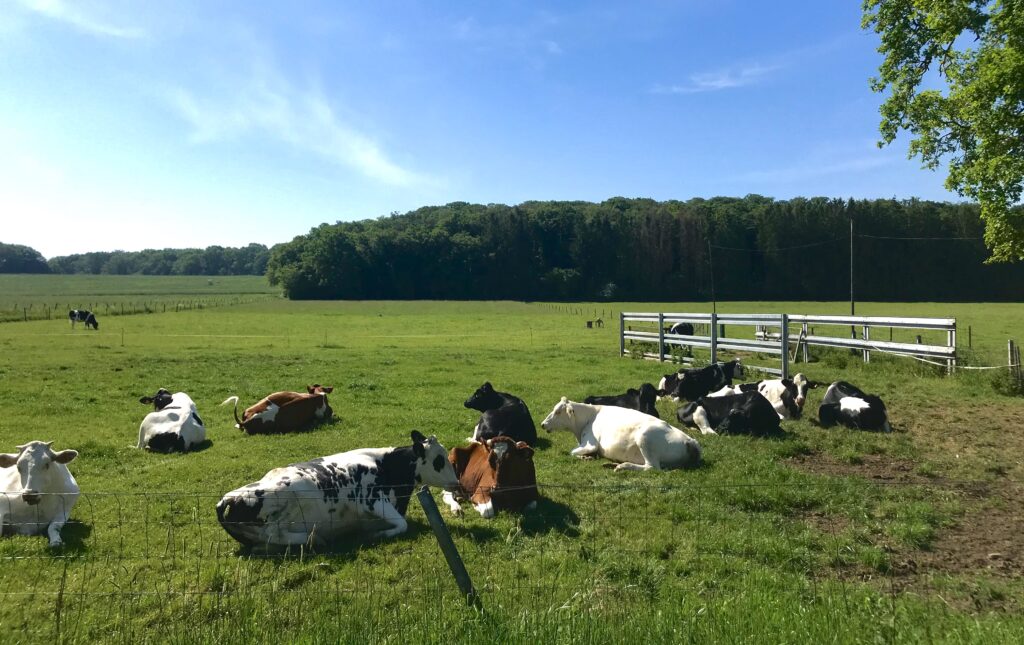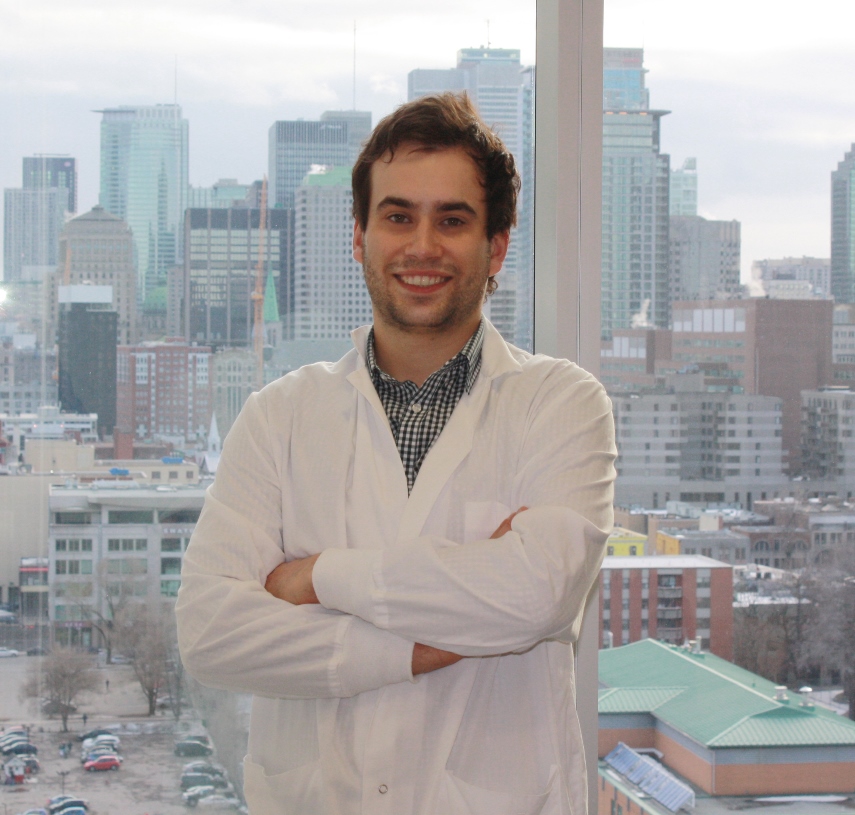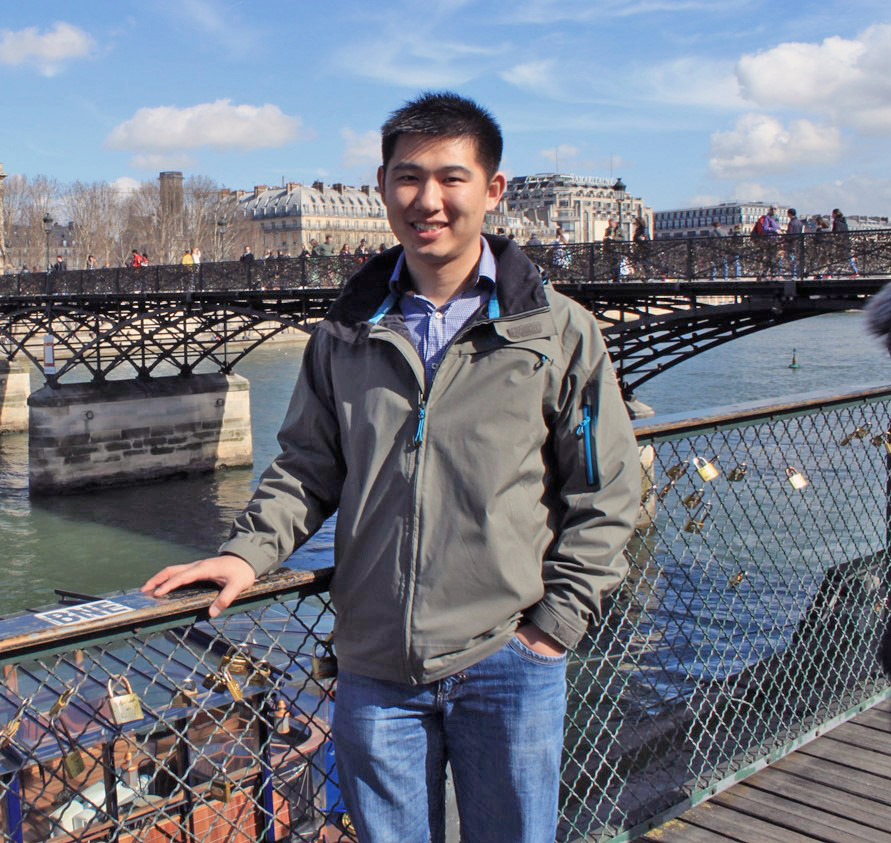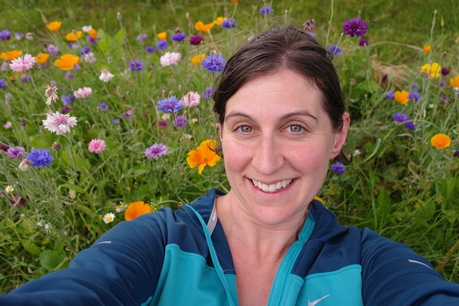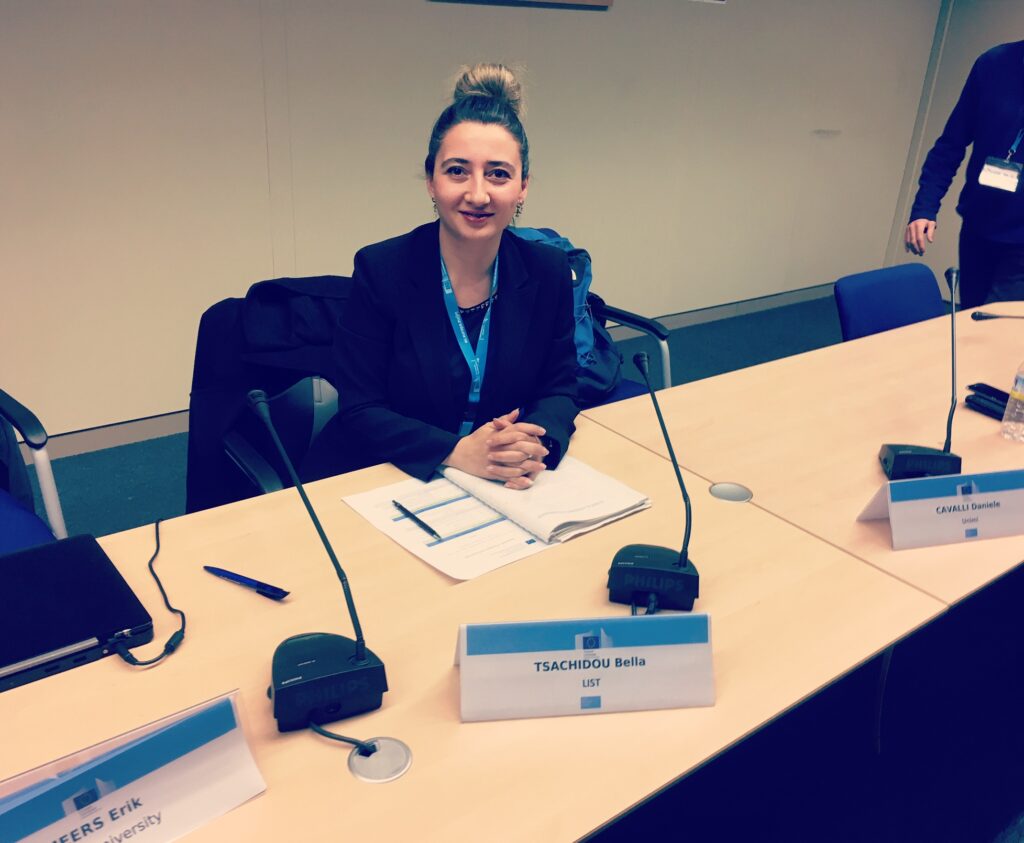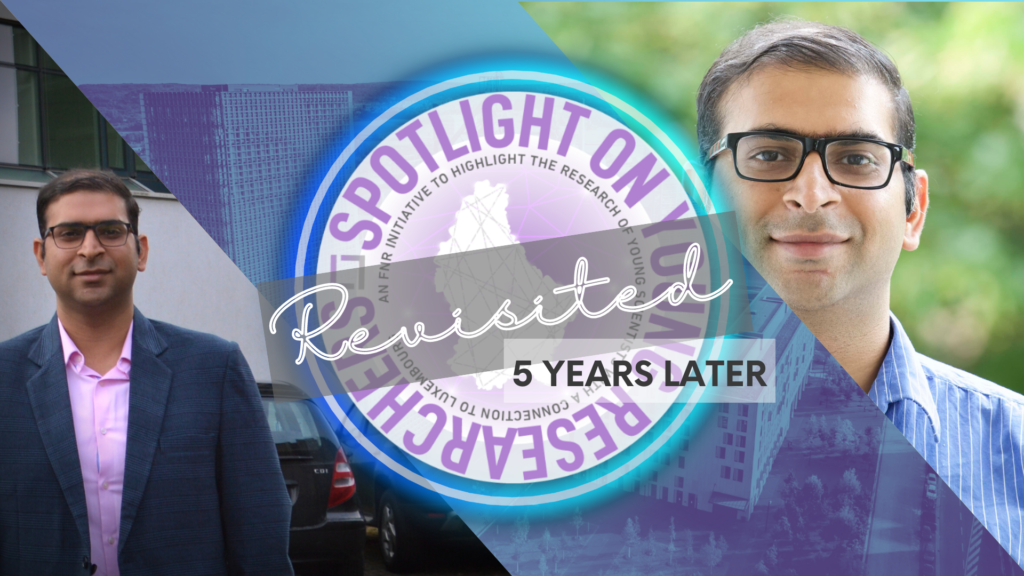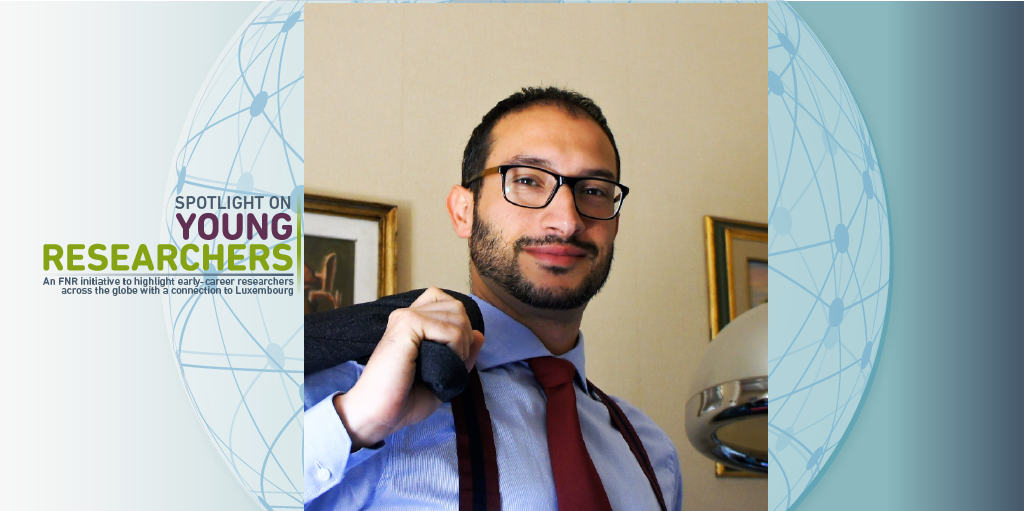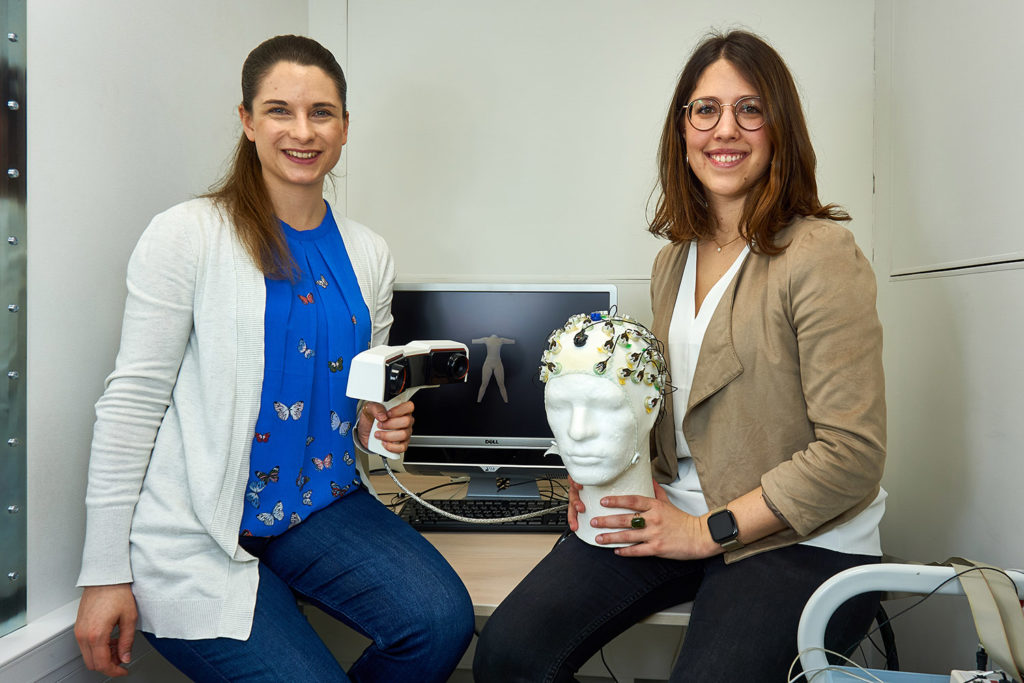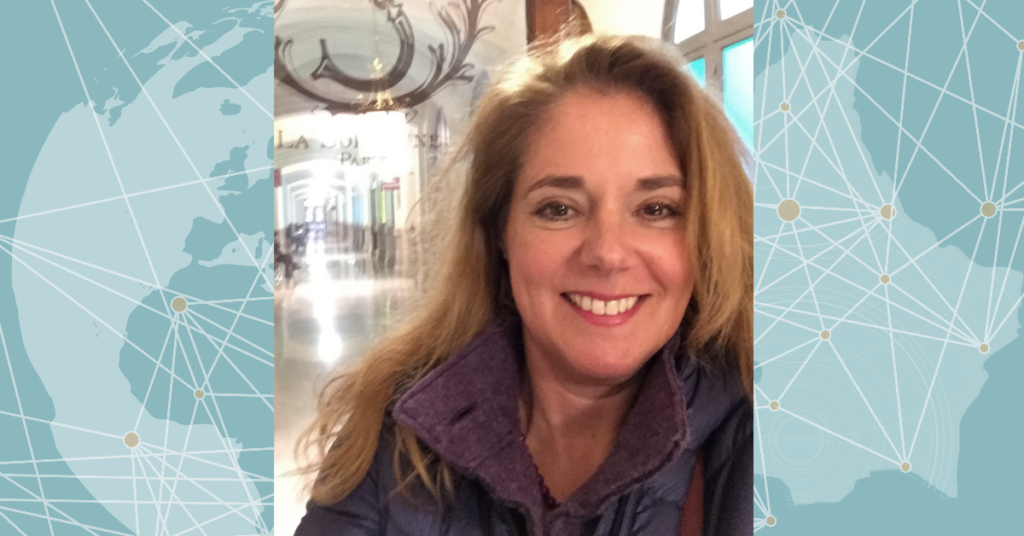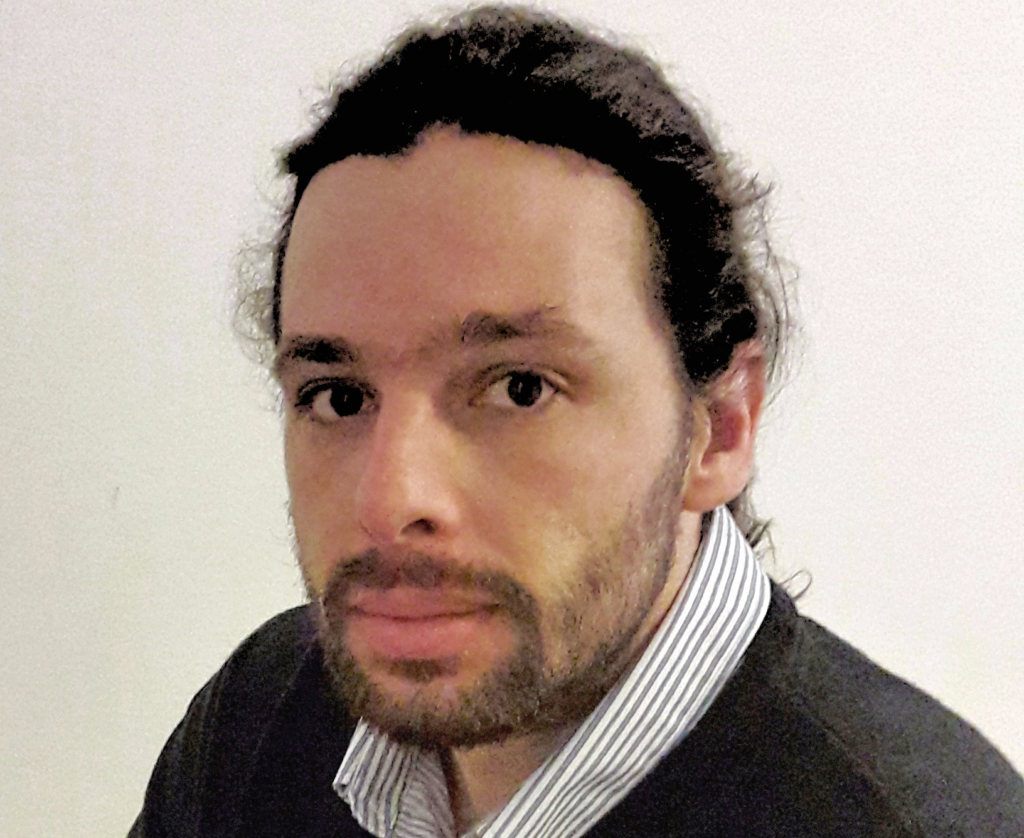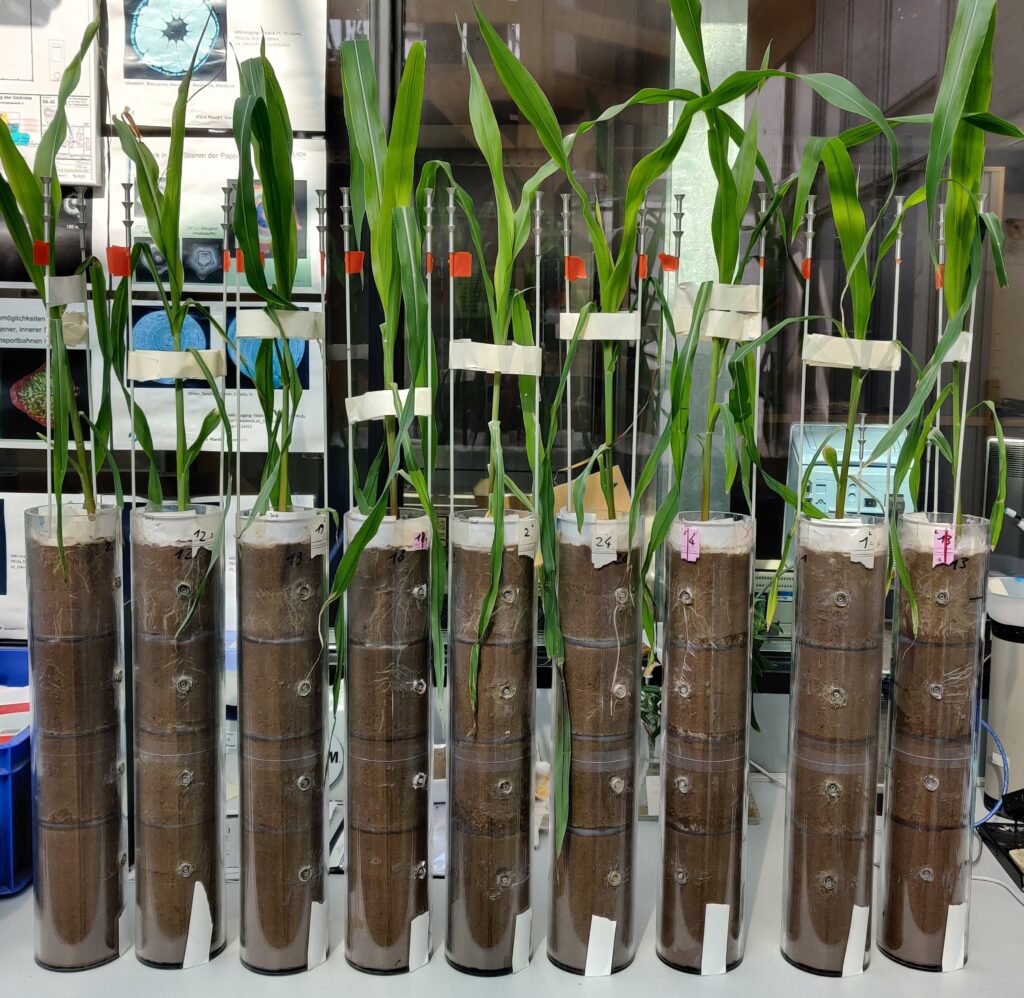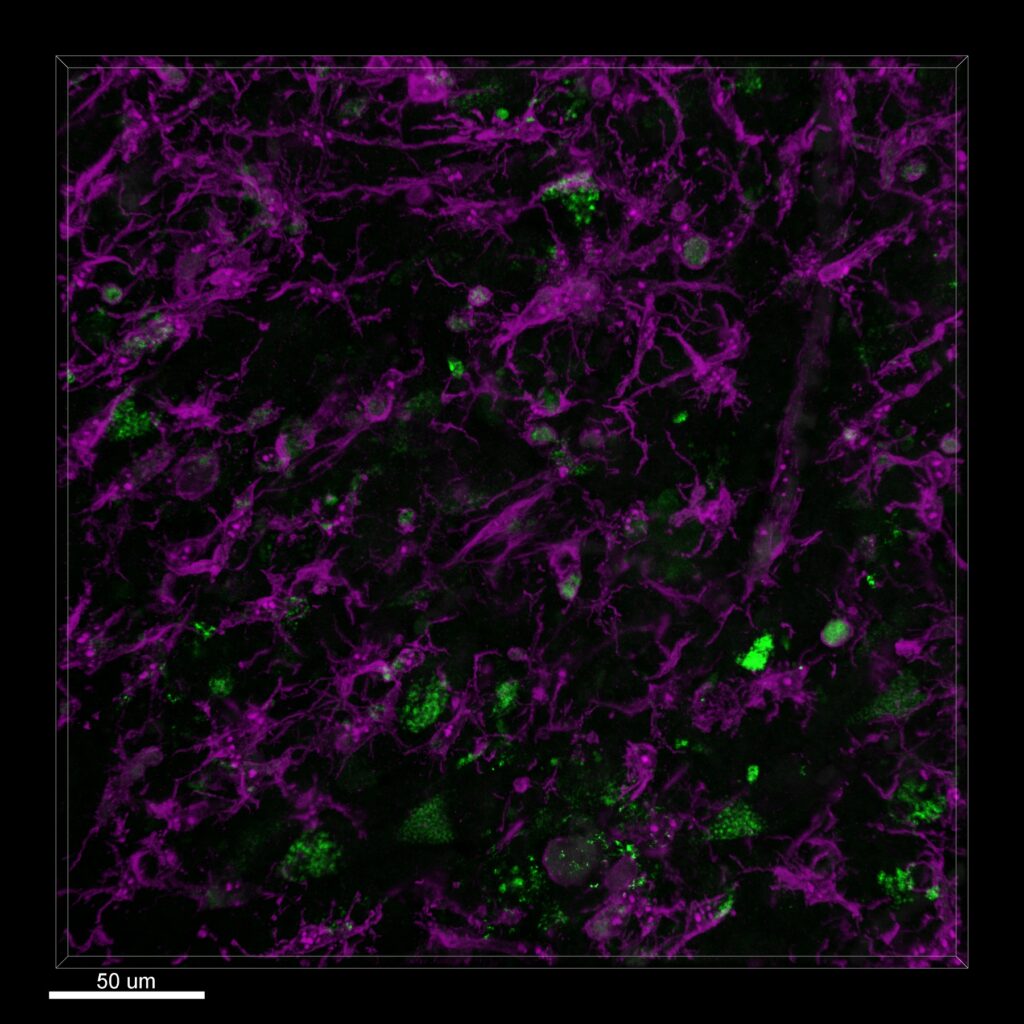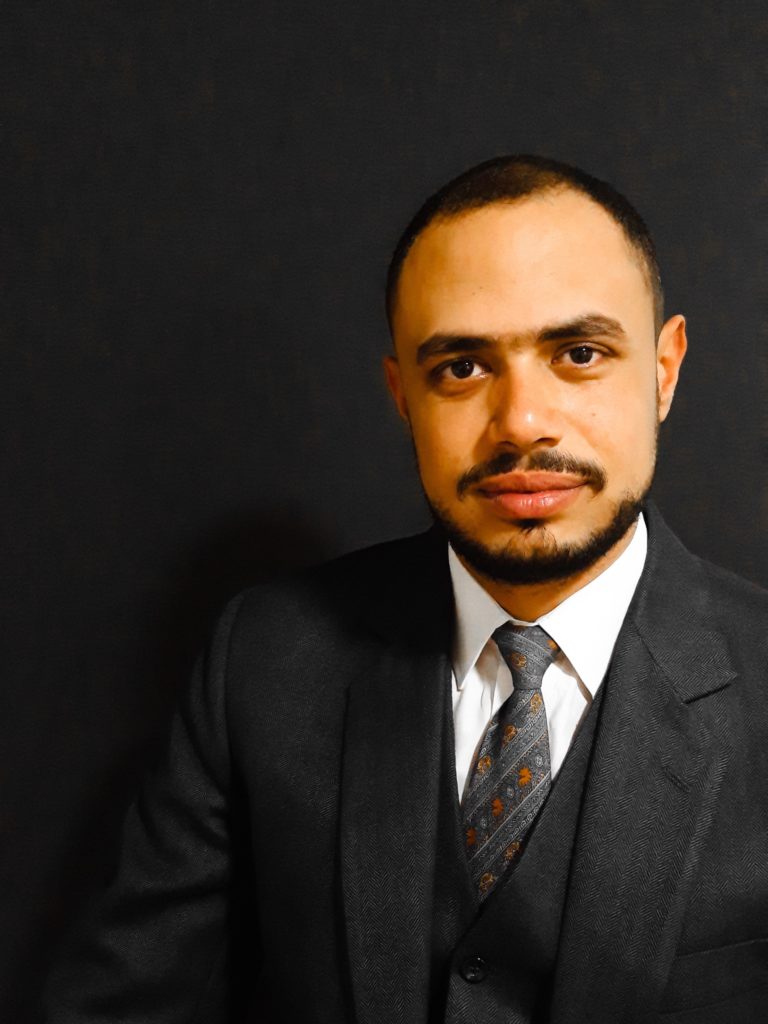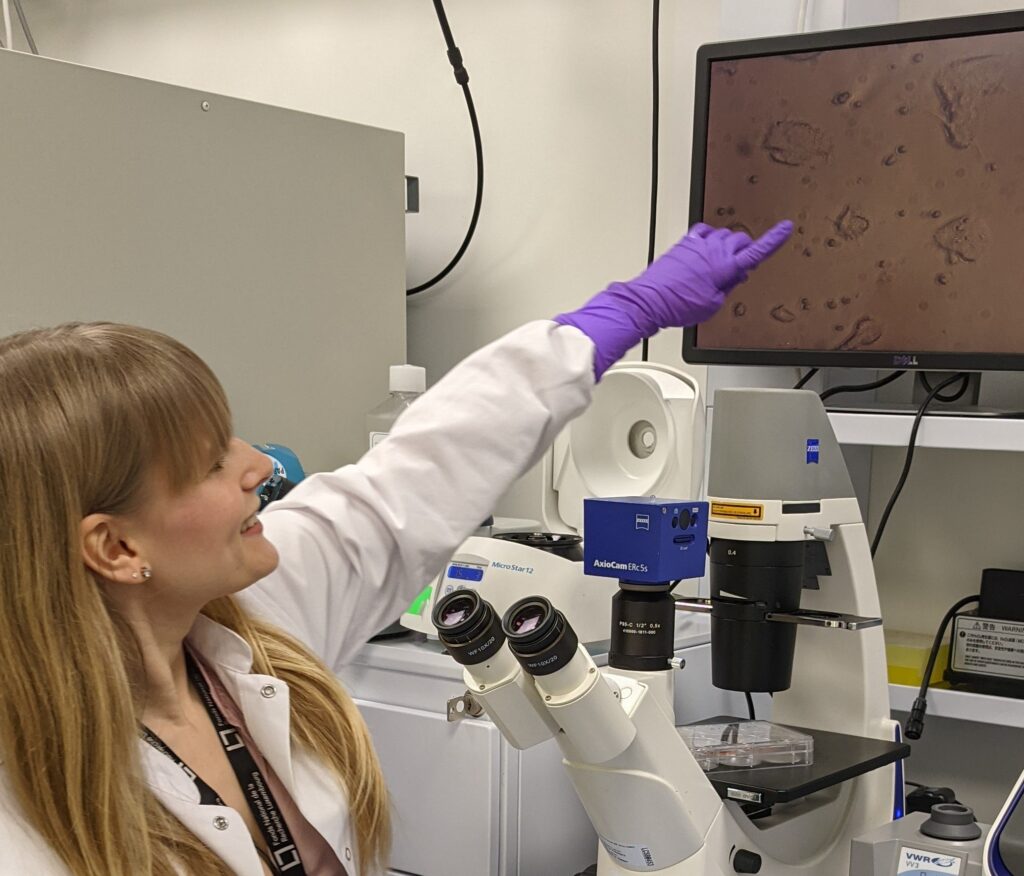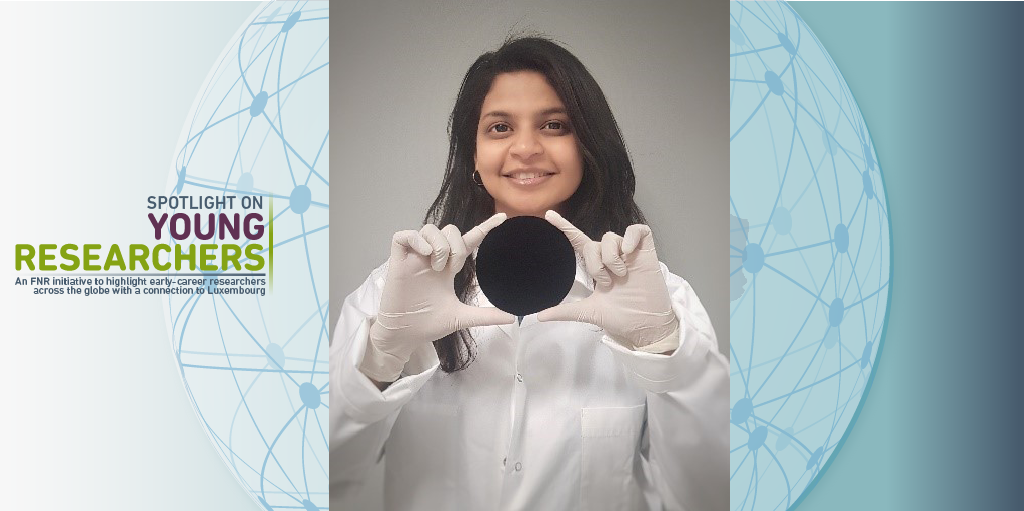
In school, we are taught three states of matter: solid, liquid and gas. The focus of University of Luxembourg PhD candidate Anjali Sharma’s research lies between solid and liquid: liquid crystal. She studies them in unusual shapes that are no larger than the width of a human hair, yet they are considered as large by the scientists of the field. As part of her research, the Indian national got an opportunity for a rare experiment: Taking her research into a zero gravity environment.
A liquid crystal (LC) can flow like a liquid, but its molecules are organized in an ordered fashion, quite similar to the situation in crystals. In our daily lives, we see them in flat panel displays – LCD (Liquid Crystal Display) screens. LCs transcend scientific fields, such as physics, chemistry, biology, and engineering, to name a few.
“Liquid crystals easily and strongly respond to various types of external influence such as electric or magnetic fields or the presence of surfaces with particular properties. This makes them perfect materials for sensing,” explains Anjali Sharma who is in the second year of her PhD, based in the Experimental Soft Matter Physics (ESMP) group lead by Prof Jan Lagerwall at the University of Luxembourg.
The ESMP group is well known for its unconventional approach to LC research – the group confines LCs in different geometries, particularly cylindrical (fibers) and spherical (shells and droplets) and assess their usefulness in several applications. Anjali’s focus lies on studying the LCs in spherical geometry.
“The physics of LCs acquires some quite stimulating peculiarities if the LC is confined in a curved geometry,” Anjali explains. The applied goal of her PhD thesis is to use microfluidic techniques to confine the LCs in shell geometry so they can be used in bio or chemo sensing. A bio-/chemo-sensor is an analytical device used for the detection of a selected biological or chemical substance by combining the ability to detect the presence of the analyte with a physicochemical response that can give rise to a signal picked up by an operator.
Studying liquid crystals in samples no larger than the width of a human hair
From an everyday perspective, LC shells are beyond tiny – their diameter is on a scale of hundreds of microns, with a thickness in the tens of microns. For size comparison: A typical human hair is around 100 microns, as is the thickness of a sheet of paper. On the other hand, within the field studying LCs in curved confinement, the diameter of the shells is considered large, which gives shells an advantage compared to the alternative sample type: droplets. In order to keep the shell shape stable, the LC shell contains, and is suspended in, water mixtures, or what scientists call an ‘aqueous phase’.
“The main applied aim of my project is to detect foreign molecules present in aqueous phases, by observing a textural change in the LC shell. The comparatively large size of shells makes it easy to observe such changes, much easier than for droplets. The following are some images of LC shells with different boundary conditions. We observe them with a polarizing microscope.”
Taking research to new heights: Zero gravity
Anjali explains that an LC shell is often asymmetric, since the inner aqueous droplet and the outer LC droplet are not concentric, meaning they do not have a common centre. It is well known that gravity plays a role in this, since the densities of the two phases are not the same, but at the same time the very first experiments on LC shells (by a US-based group) indicated that the liquid crystal character of the shell also affects the asymmetry. The ESMP group has been trying to shine light on this balance between gravity and LC effects for some time now, but due to the different temperature dependence of the densities of the aqueous and LC phases, this is really difficult.
Then how can you confirm if the LC plays a role, in addition to gravity, in the subject you study? You remove gravity from the equation:
“The only way to solve this mystery is to take shells into a zero-gravity (0g) state. Together with a collaborator group at the University of Magdeburg, Germany, led by Prof. Ralf Stannarius, we got the opportunity to take our experimental setup [with the shells mounted in an apparatus specially designed for the purpose] on a parabolic flight. The airplane flies along a parabolic trajectory, giving us first about 20 seconds of double gravity (2g), and then about the same time of zero gravity (0g). This is then repeated 25 times, so we have a few hours to collect data. It was a challenge for us and the Magdeburg team to build a setup compatible for this flight.”


Anjali and the group (V.S.R Jampani, Nikolay Popov, Jan Lagerwall) observed that the repeated exposure of the shells to 0g as well as 2g had a clear impact on their orientation and that the behavior was different in the LC phase and when the shells were heated to the isotropic phase. While this in part confirmed the expectations, there were some interesting surprises in the data. The team is now compiling the results and hopes to publish them soon, together with the Magdeburg group, leading to the first ever scientific publication on the behavior of liquid crystal shells when they are not subject to the influence of gravity.
Anjali explains that LCs in a curved geometry gives rise to a range of interesting problems, some of which she hopes her research can help solve:
“One of the challenges is to produce and stabilize the LC shell over long time without modifying the LC properties. LC shells with a long lifetime can be used in many applications. For instance, our aim is to use them in bio-sensing. I hope that my thesis would help us to enhance the understanding of this field and motivate us to use LCs in many real life applications beyond LCDs.”
“I love doing experiments and observing the beautiful textures of LCs”
Anjali says she has always been fascinated by the basic phenomena behind our daily life activities and that studying physics is the best way to understand these phenomena. This inspired her to study physics.
“After finishing my Masters’, I was introduced to the fascinating field of soft matter. The research carried out in the ESMP group in liquid crystals always attracted me. Fortunately, I got a chance to be a part of this amazing group and advance in this direction. I love doing experiments and observing the beautiful textures of LCs. Certainly, I would like to continue in research after my PhD.”
Moving to Luxembourg from India was a giant leap for Anjali, who had never been outside of India before embarking on her research journey to the Grand Duchy.
“Luxembourg was very welcoming. I have been here for almost two years, and it already feels like home.
“My motivation to choose Luxembourg was the research being carried out in our group and the international environment at the University of Luxembourg. As a researcher, I believe that Luxembourg is not only growing in science these years but also will be recognized around the world in future.”
Anjali’s PhD is funded by the FNR’s PRIDE programme in the framework of the Doctoral Training Unit (DTU) MASSENA, which has the goal to improve the understanding and the performance of materials used in sensing and energy harvesting. The medium to long-term research objective of the DTU, jointly coordinated by the University of Luxembourg and the Luxembourg Institute of Science and Technology (LIST) is to enable new applications and improved performance.
RELATED PROGRAMMES
What an amazing experience! Zero gravity is fun. @ESMP_unilu @DLR_en #Novespace #parabolicflight @uni_lu @FnrLux #phdlife #liquidcrystal pic.twitter.com/tc3LiHTumE
— Anjali Sharma (@anjali031992) March 14, 2019
Happy to share that our LC shell's image got selected for the April 2019 The International Liquid Crystal Society (ILSC) liquid crystal picture. #liquidcrystal @ESMP_unilu @ESMP_unilu @uni_lu @FnrLux https://t.co/Nn4cBe9S17
— Anjali Sharma (@anjali031992) April 3, 2019
Even micron sized flowers appear in LC shells 😍#liquidcrystals #microscopy #sciart @FnrLux @ESMP_unilu pic.twitter.com/bkB4oCVpw0
— Anjali Sharma (@anjali031992) June 20, 2019
About Spotlight on Young Researchers
Spotlight on Young Researchers is an FNR initiative to highlight early career researchers across the world who have a connection to Luxembourg. The campaign is now in its 4th year, with 45+ researchers already featured. Discover more young researcher stories below.
More in the series SPOTLIGHT ON YOUNG RESEARCHERS
- All
- Cancer research
- Environmental & Earth Sciences
- Humanities & Social Sciences
- Information & Communication Technologies
- Law, Economics & Finance
- Life Sciences, Biology & Medicine
- Materials, Physics & Engineering
- Mathematics
- Research meets industry
- Spotlight on Young Researchers
- Sustainable resource mgmt
- Women in science








